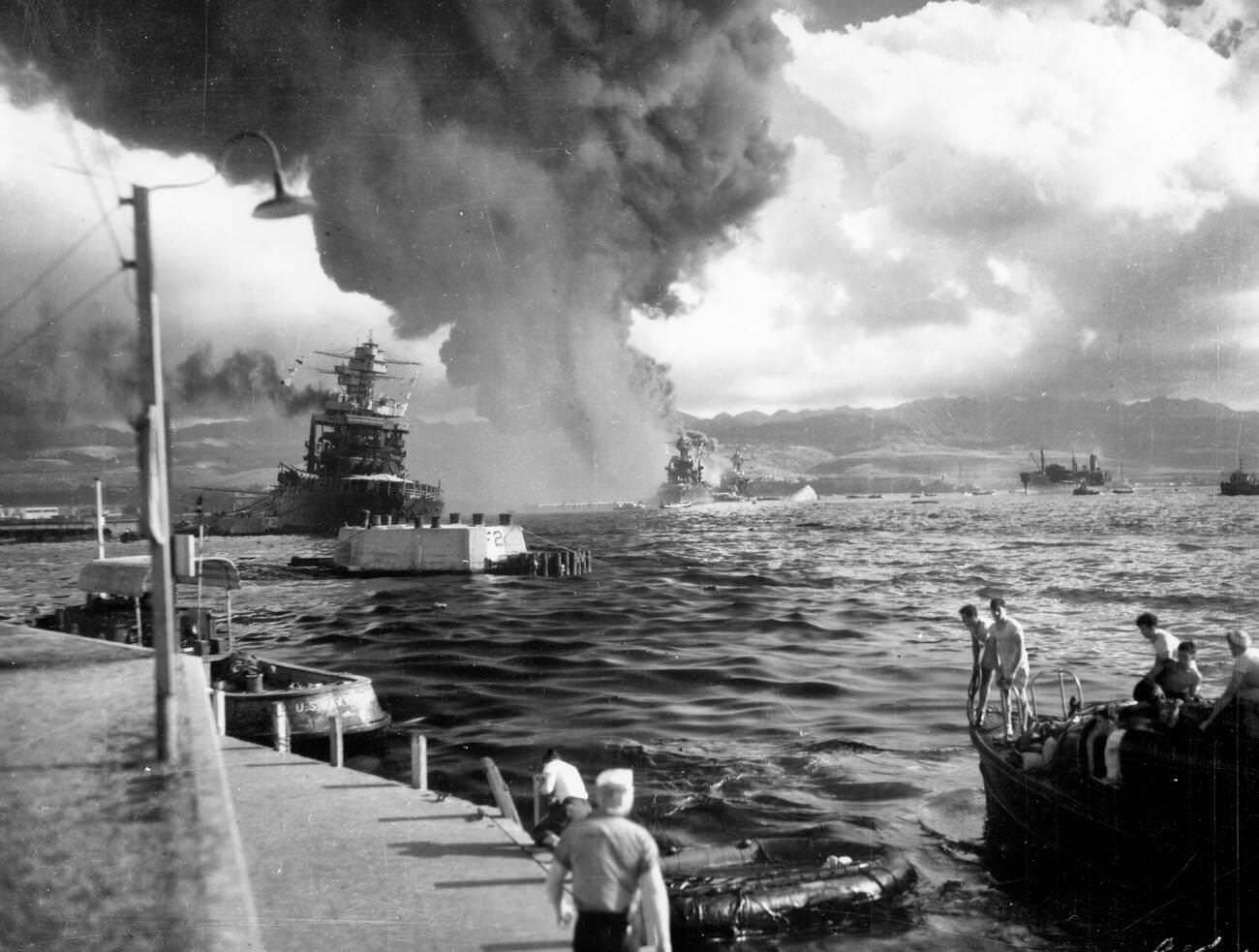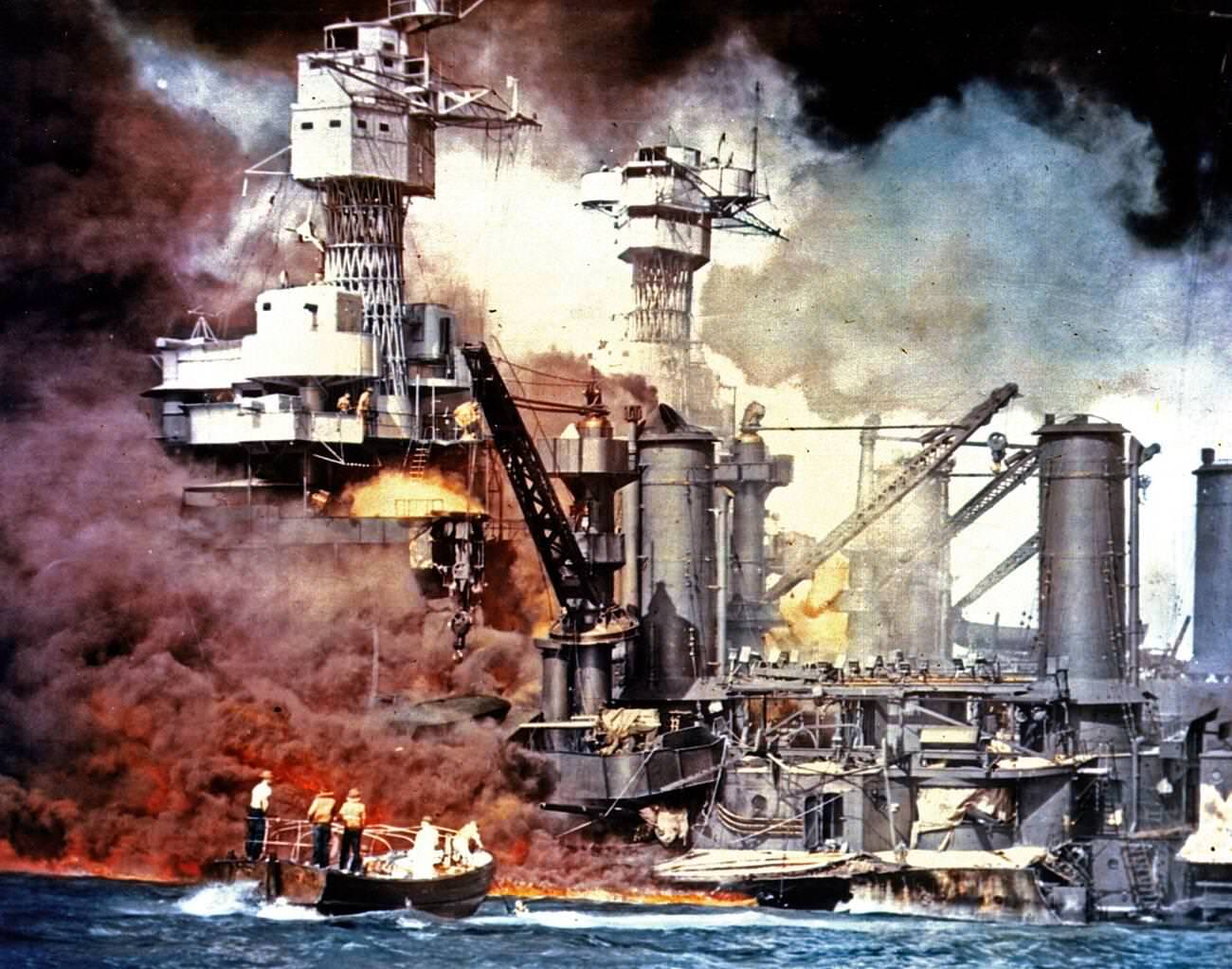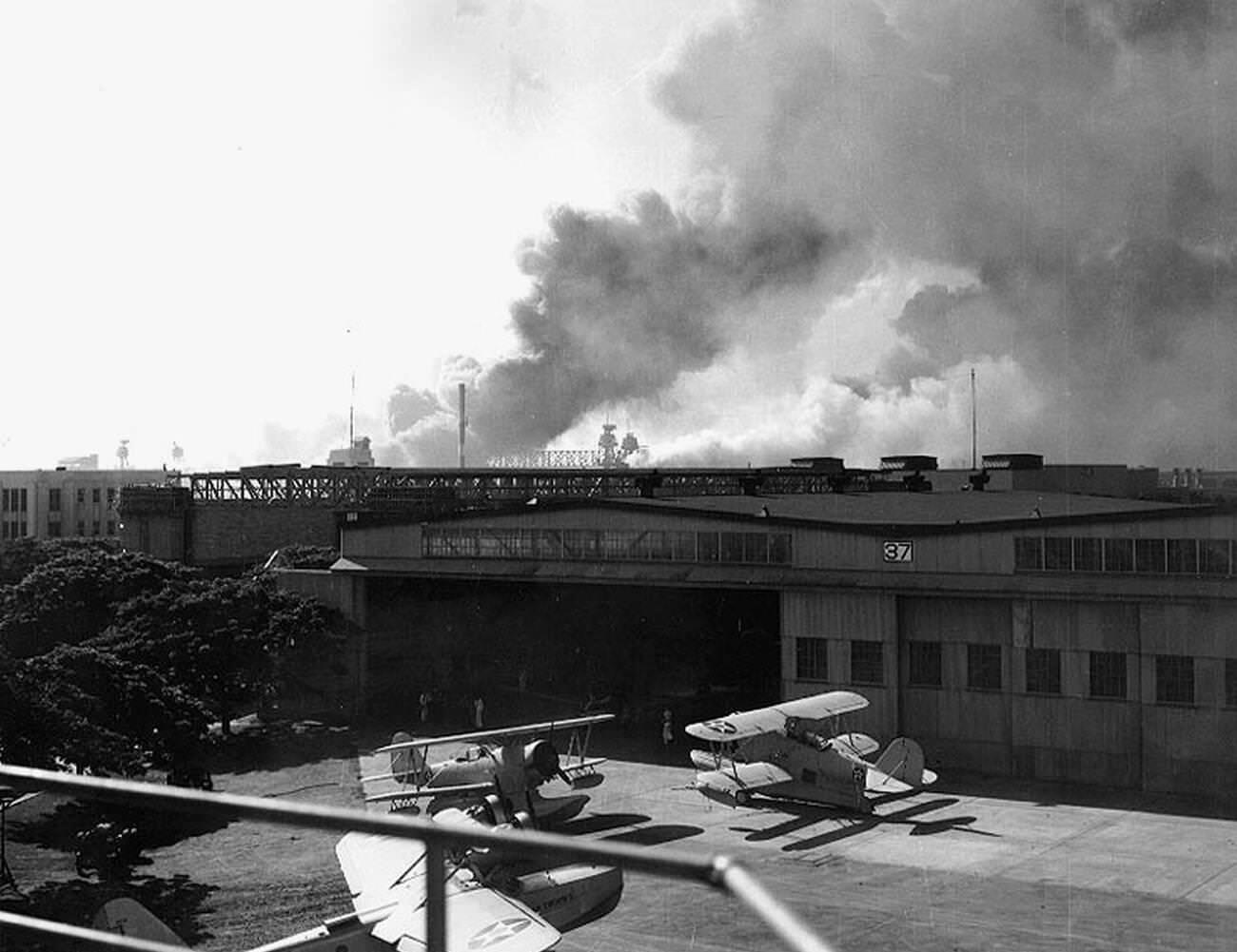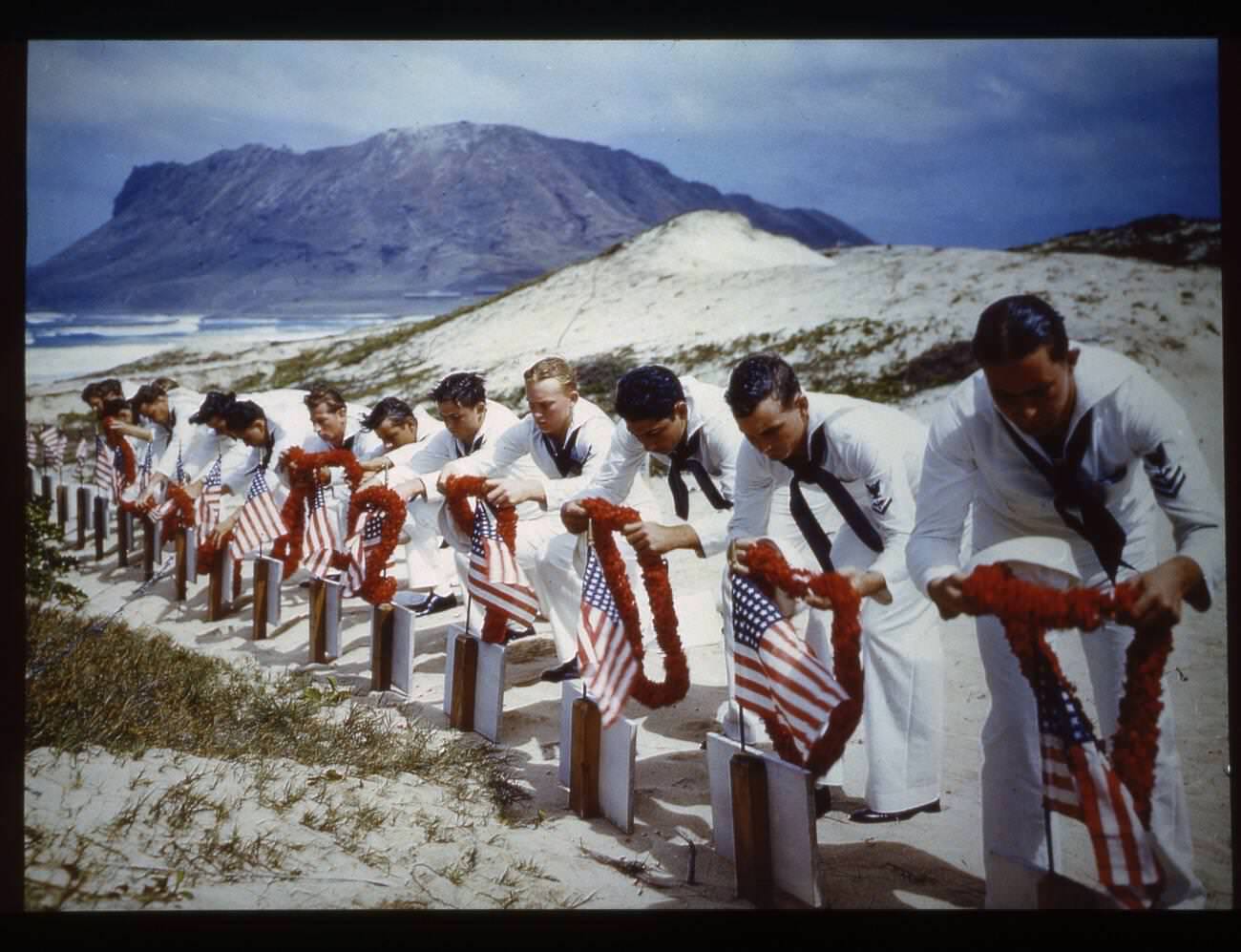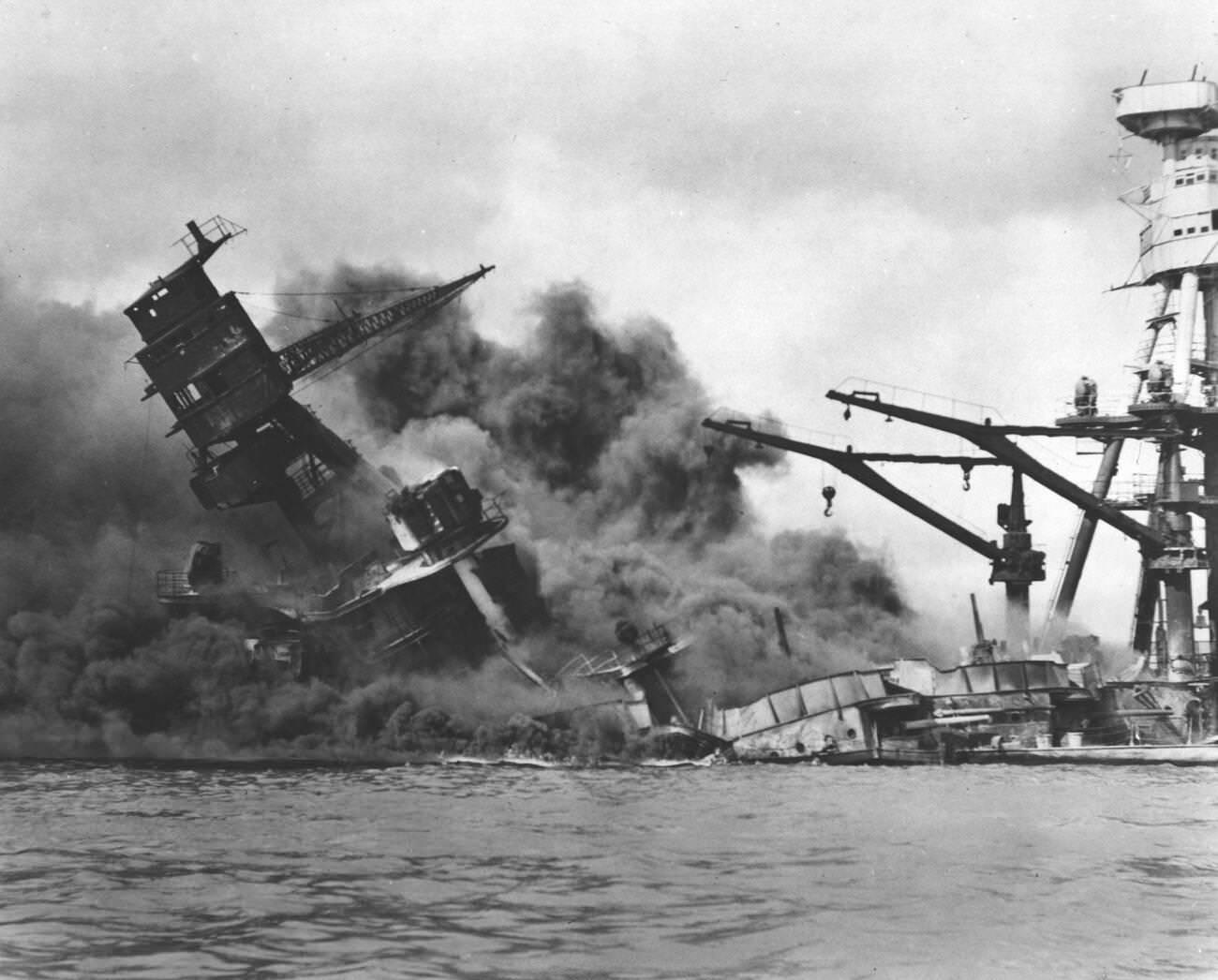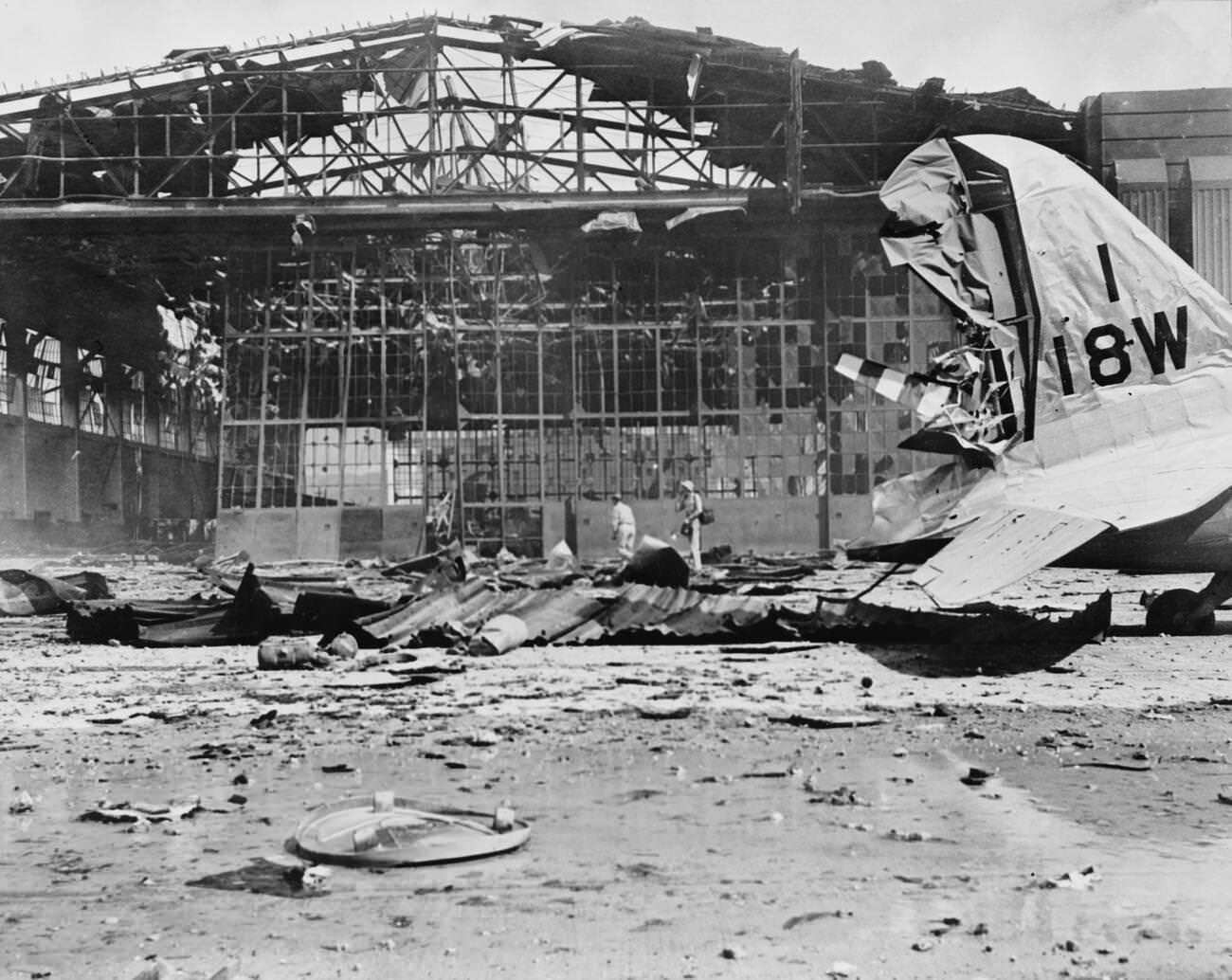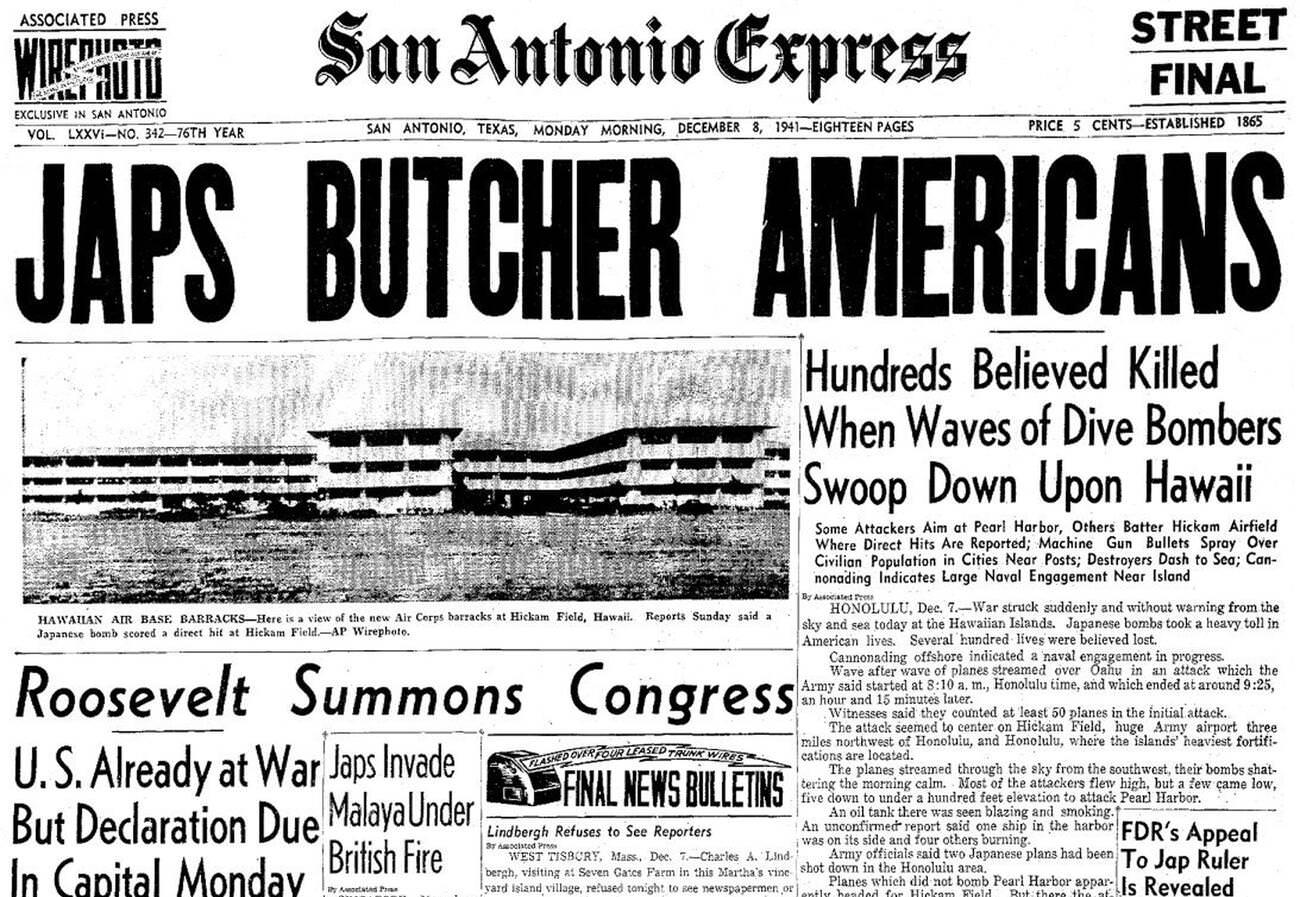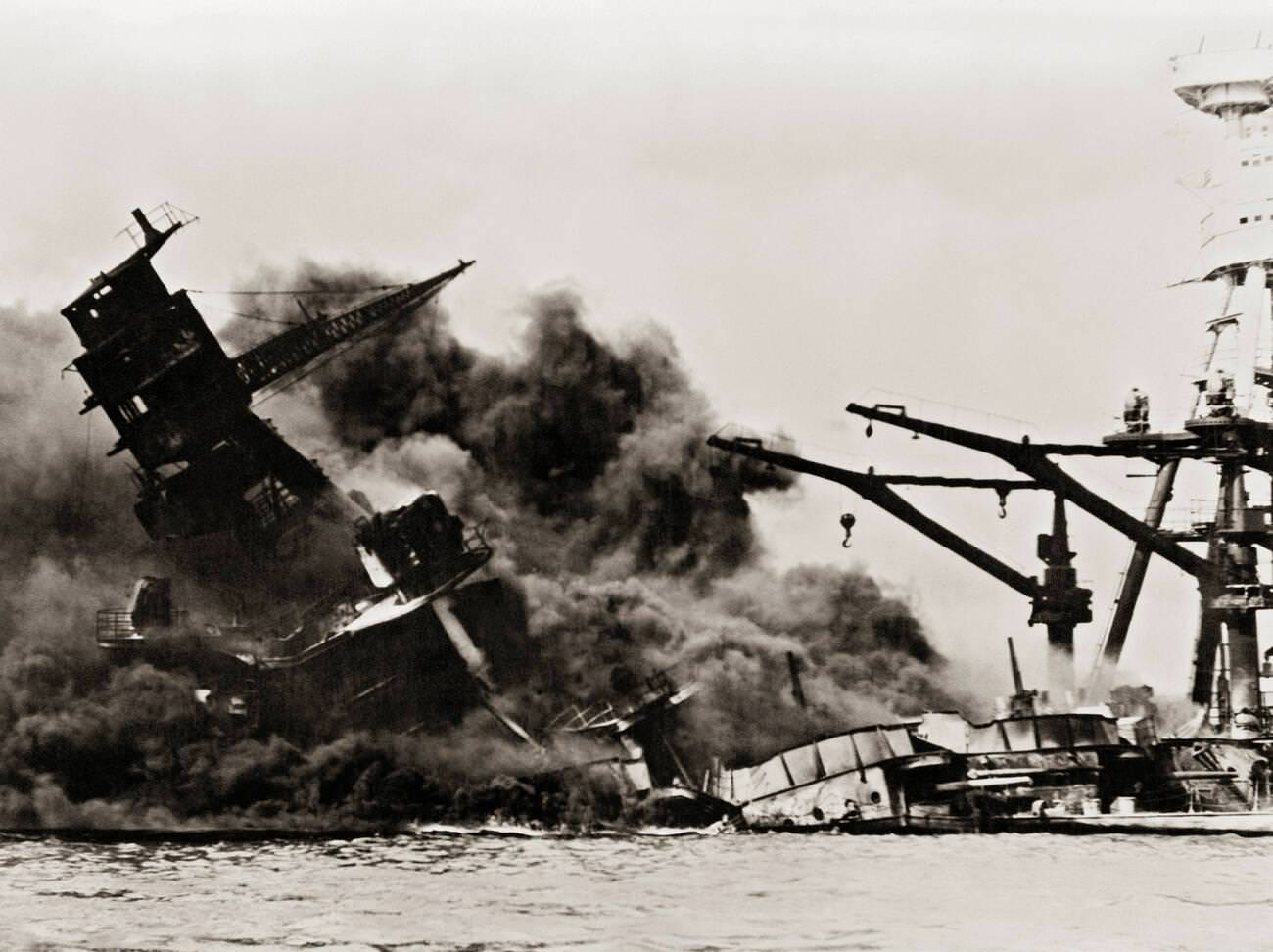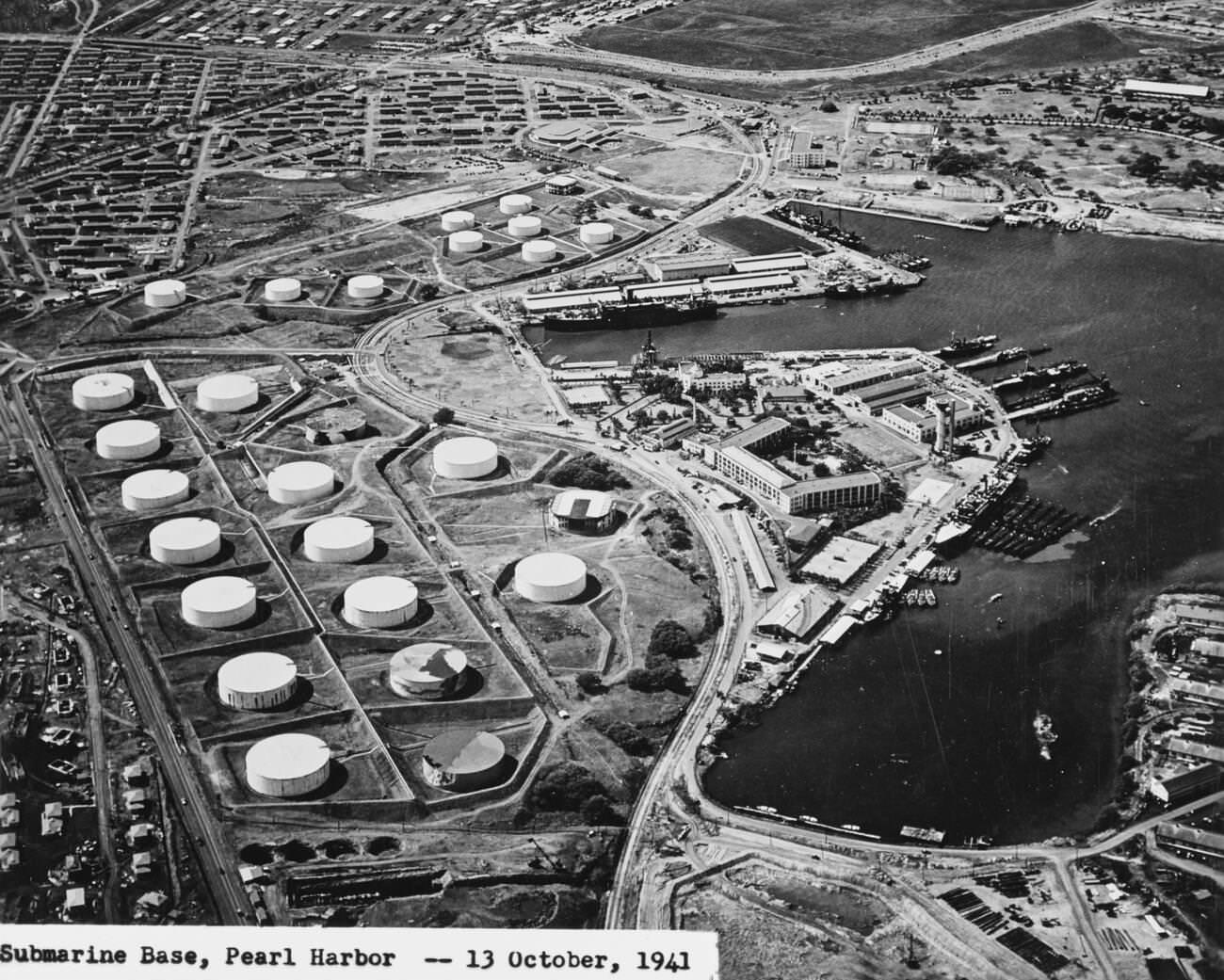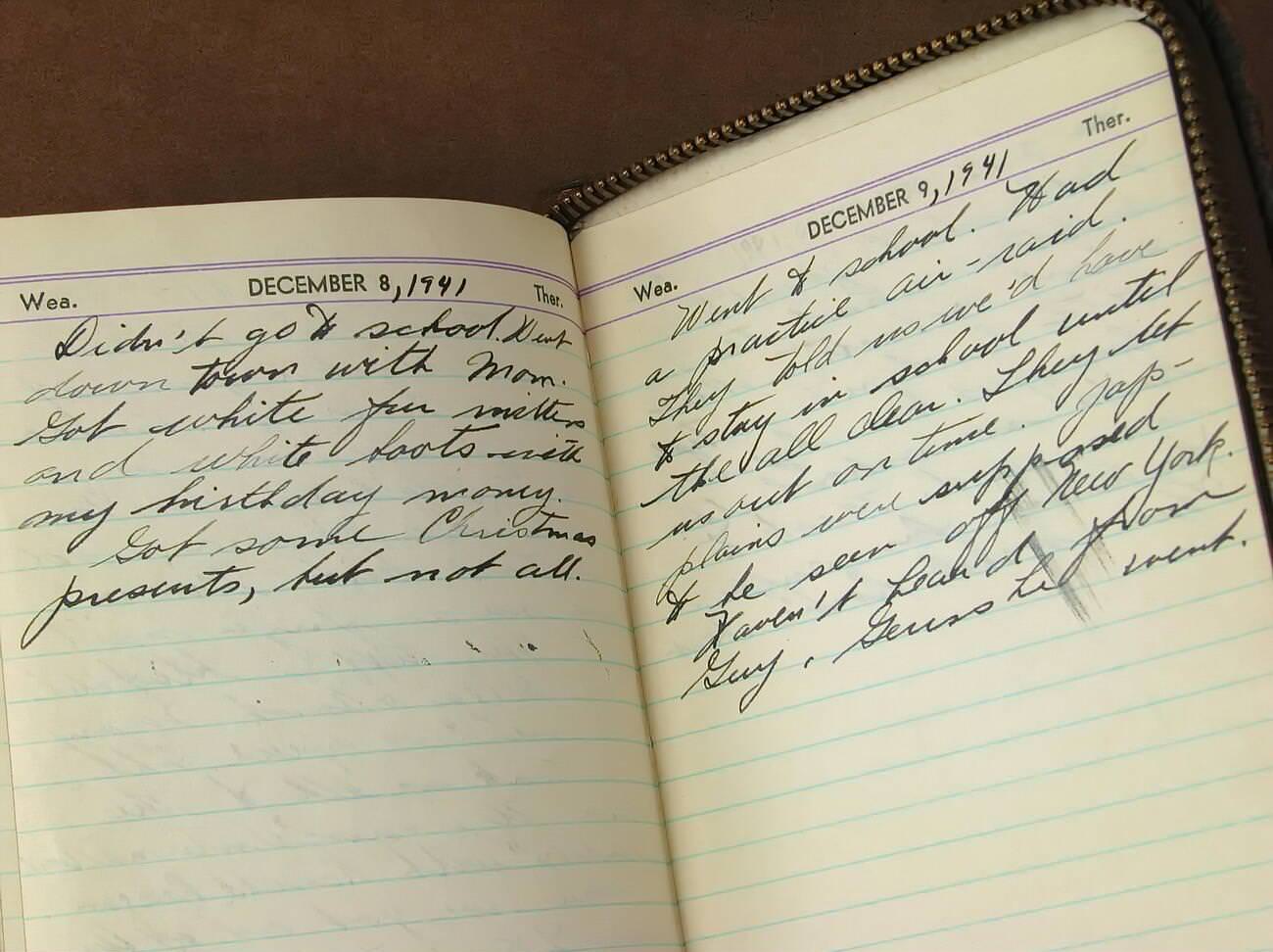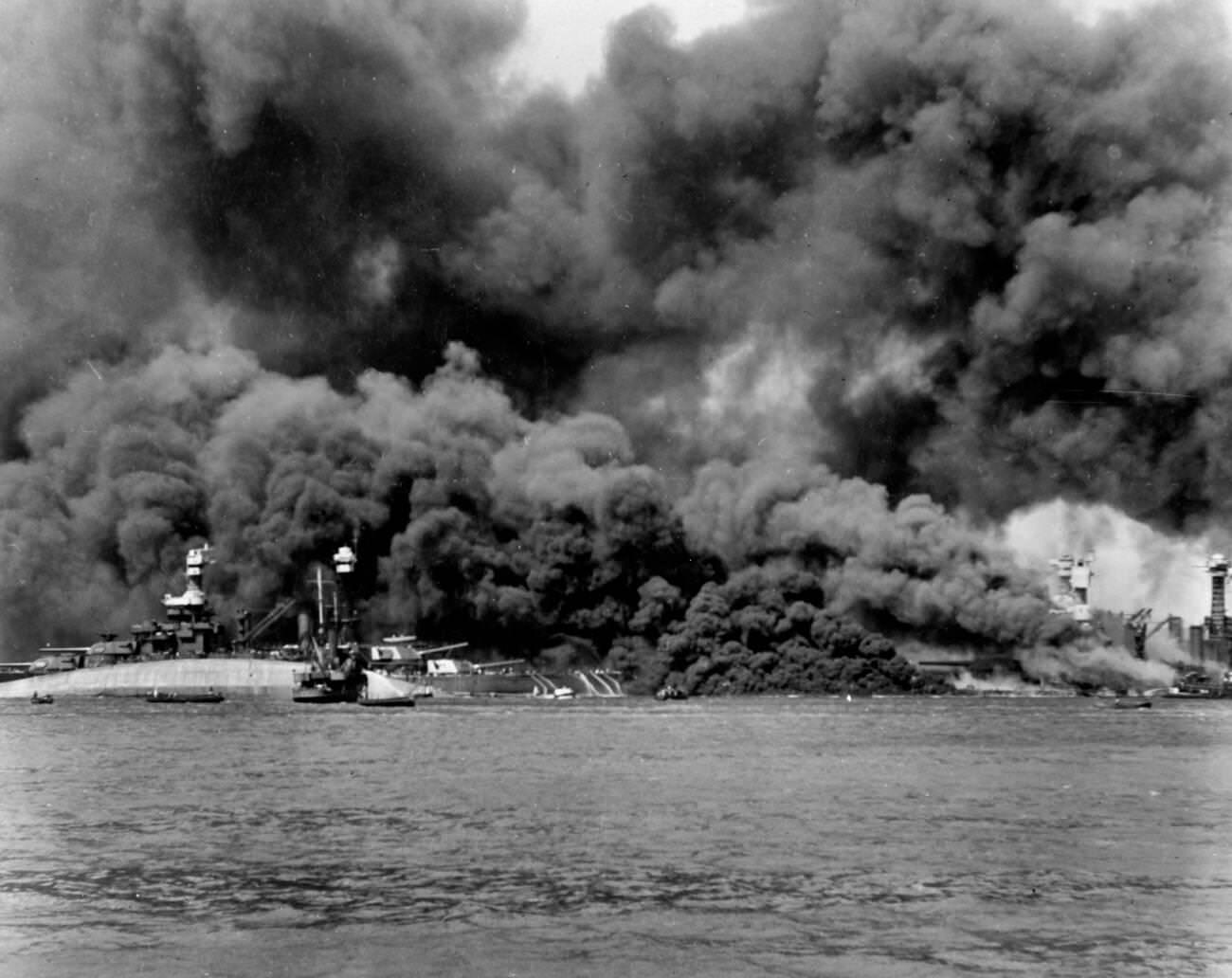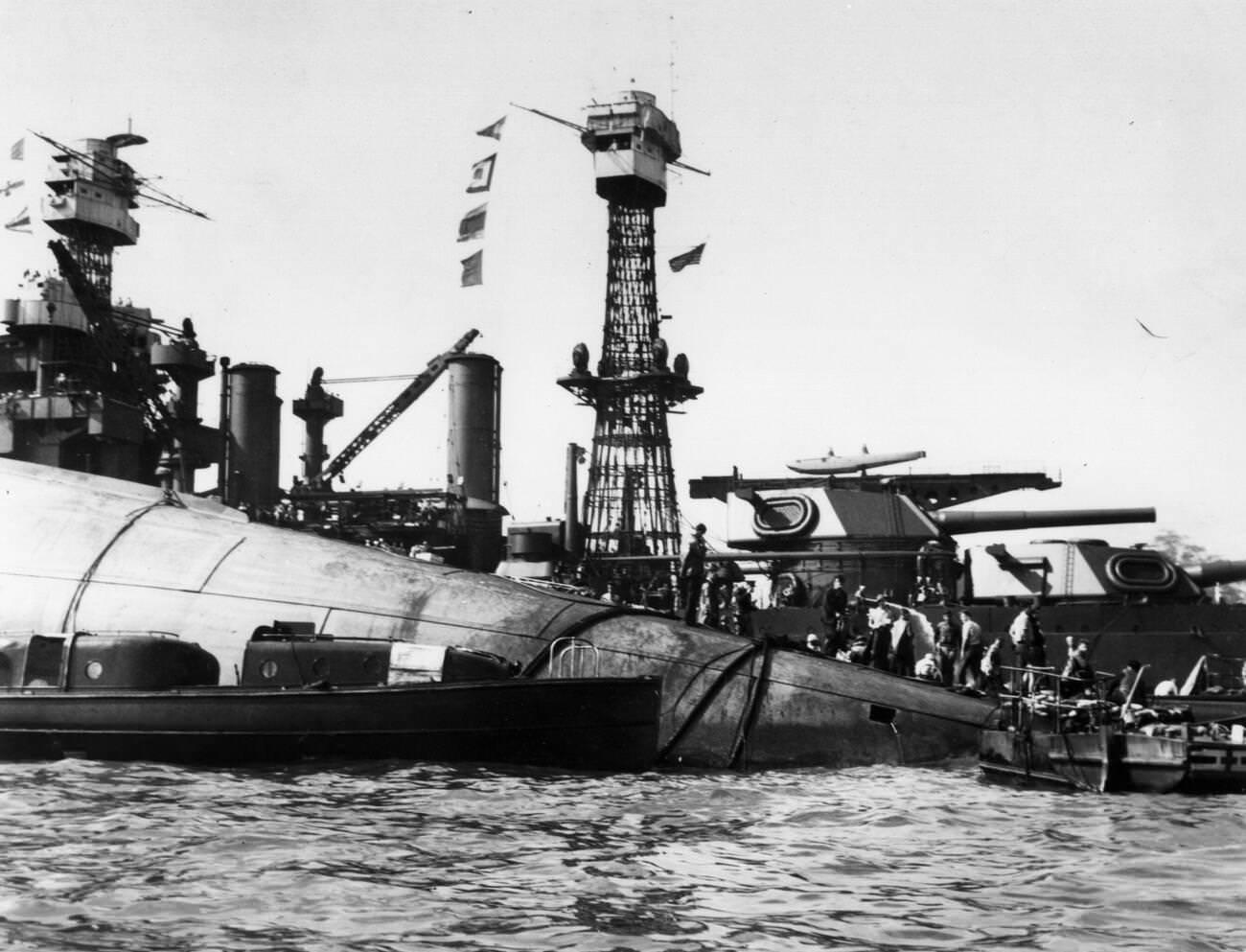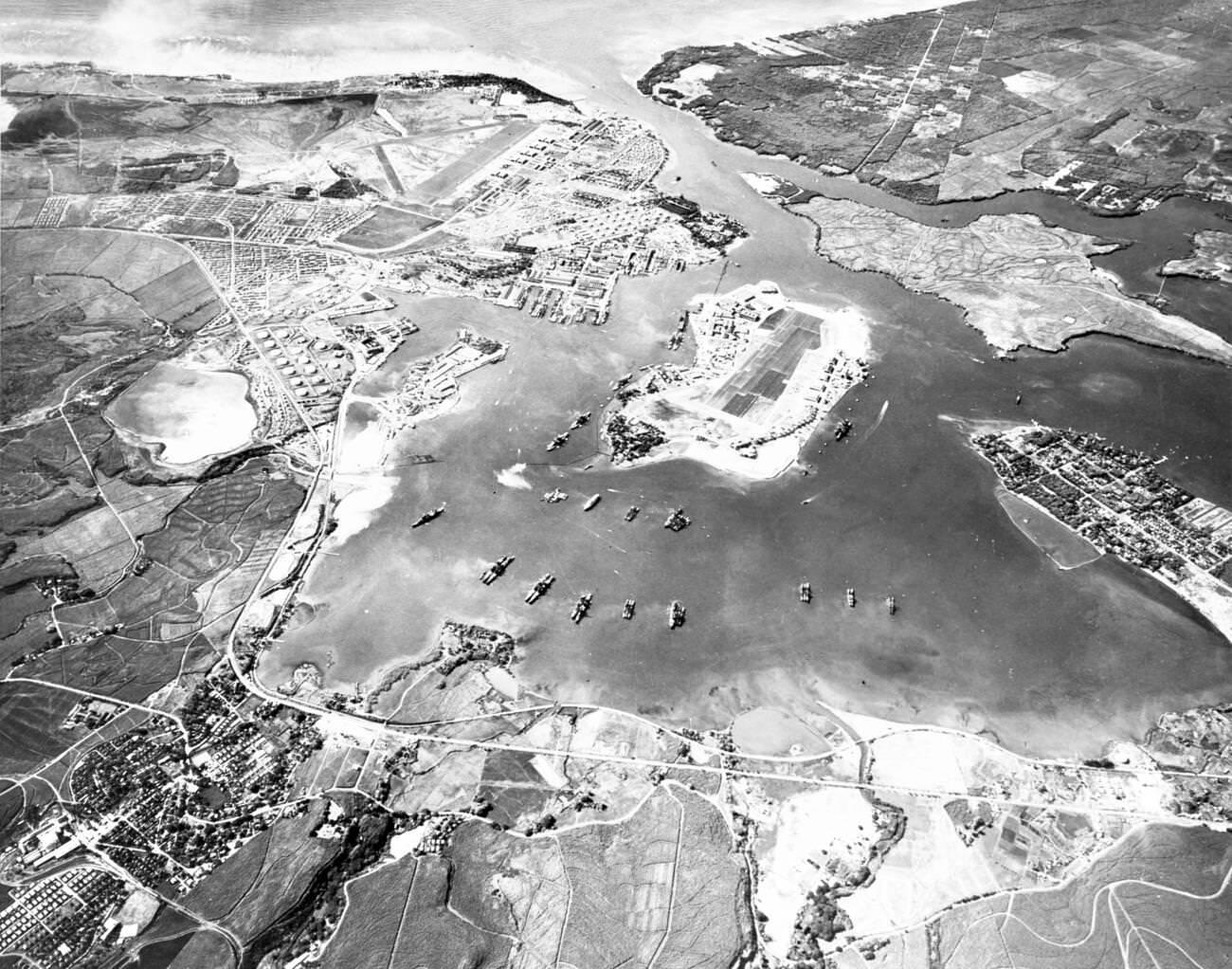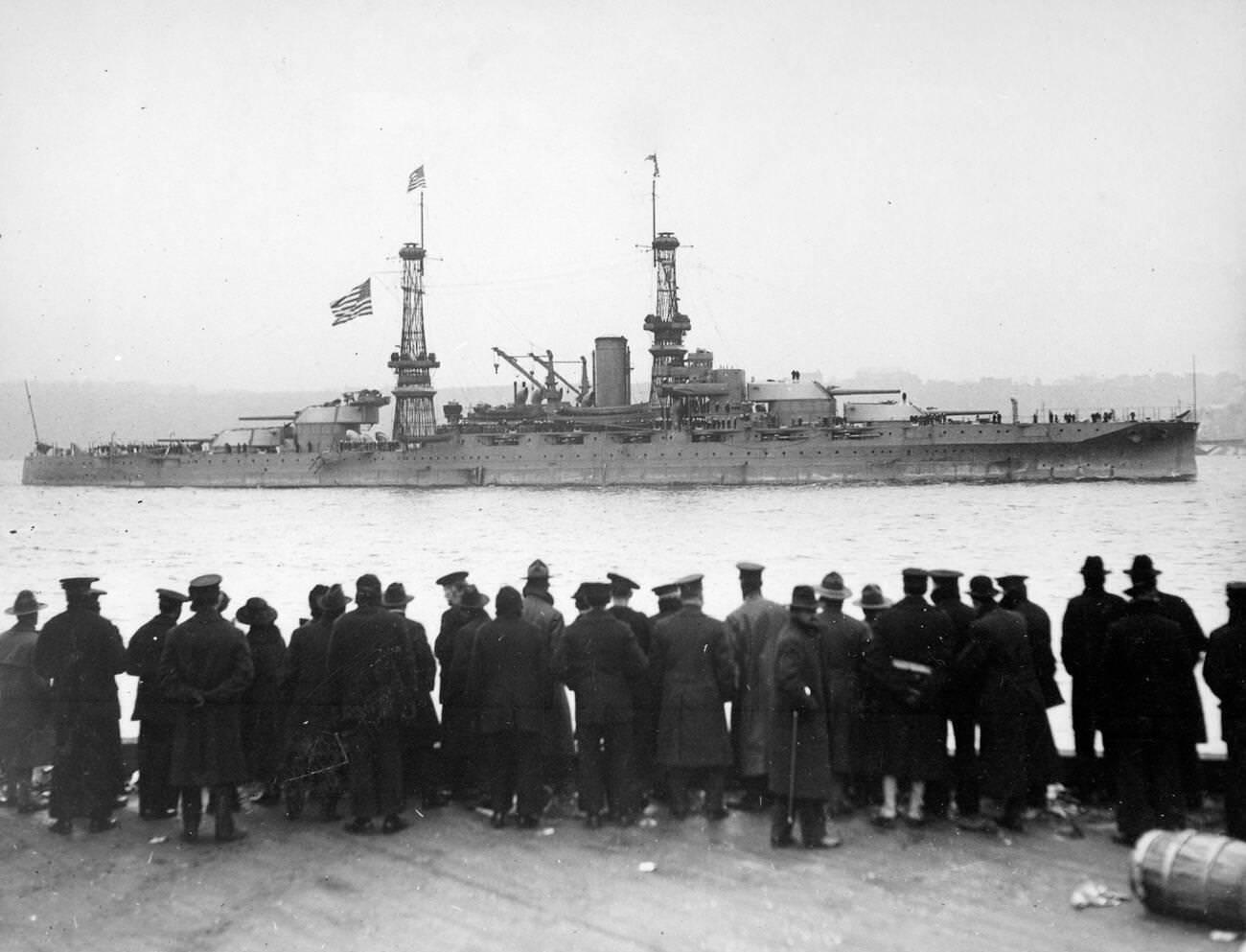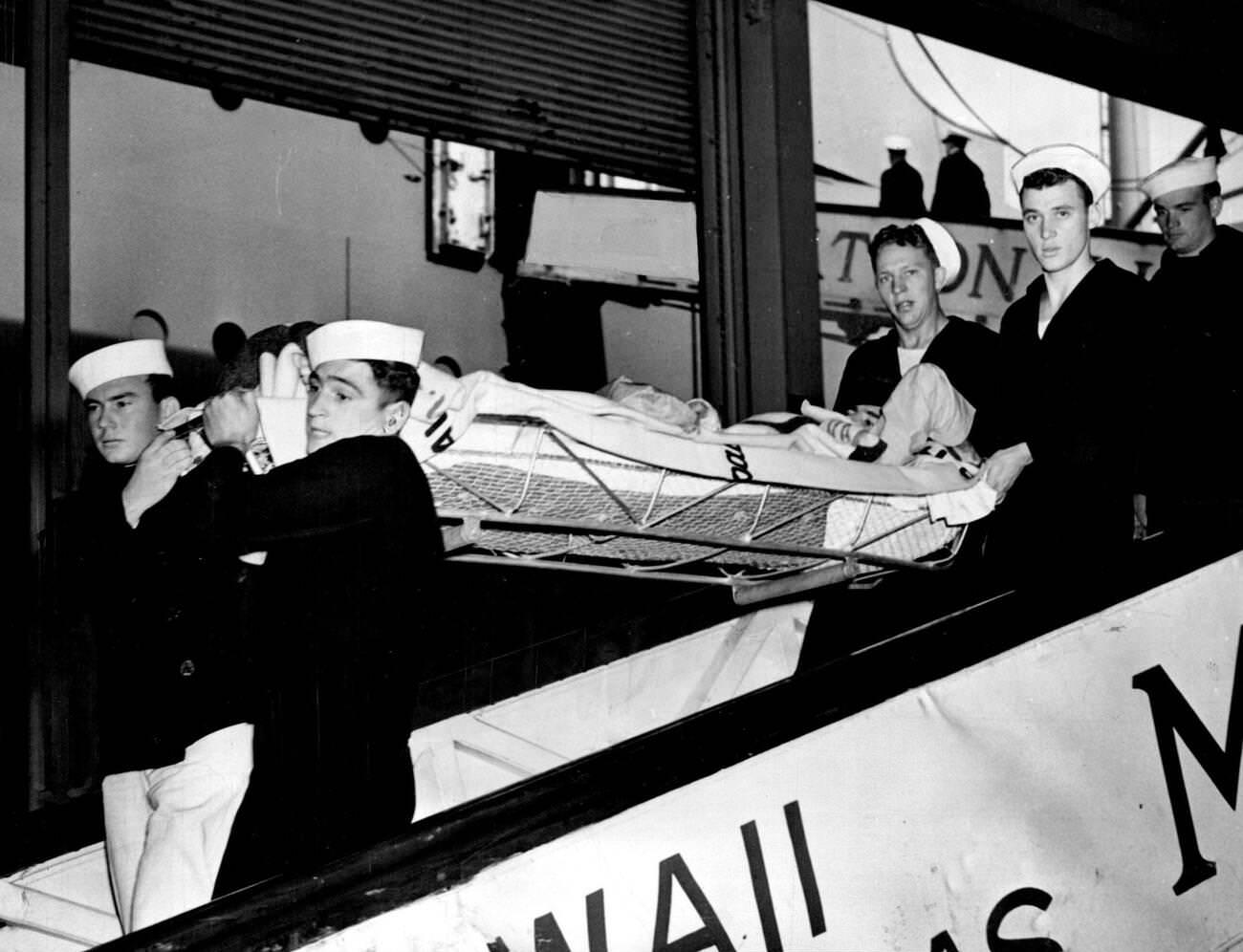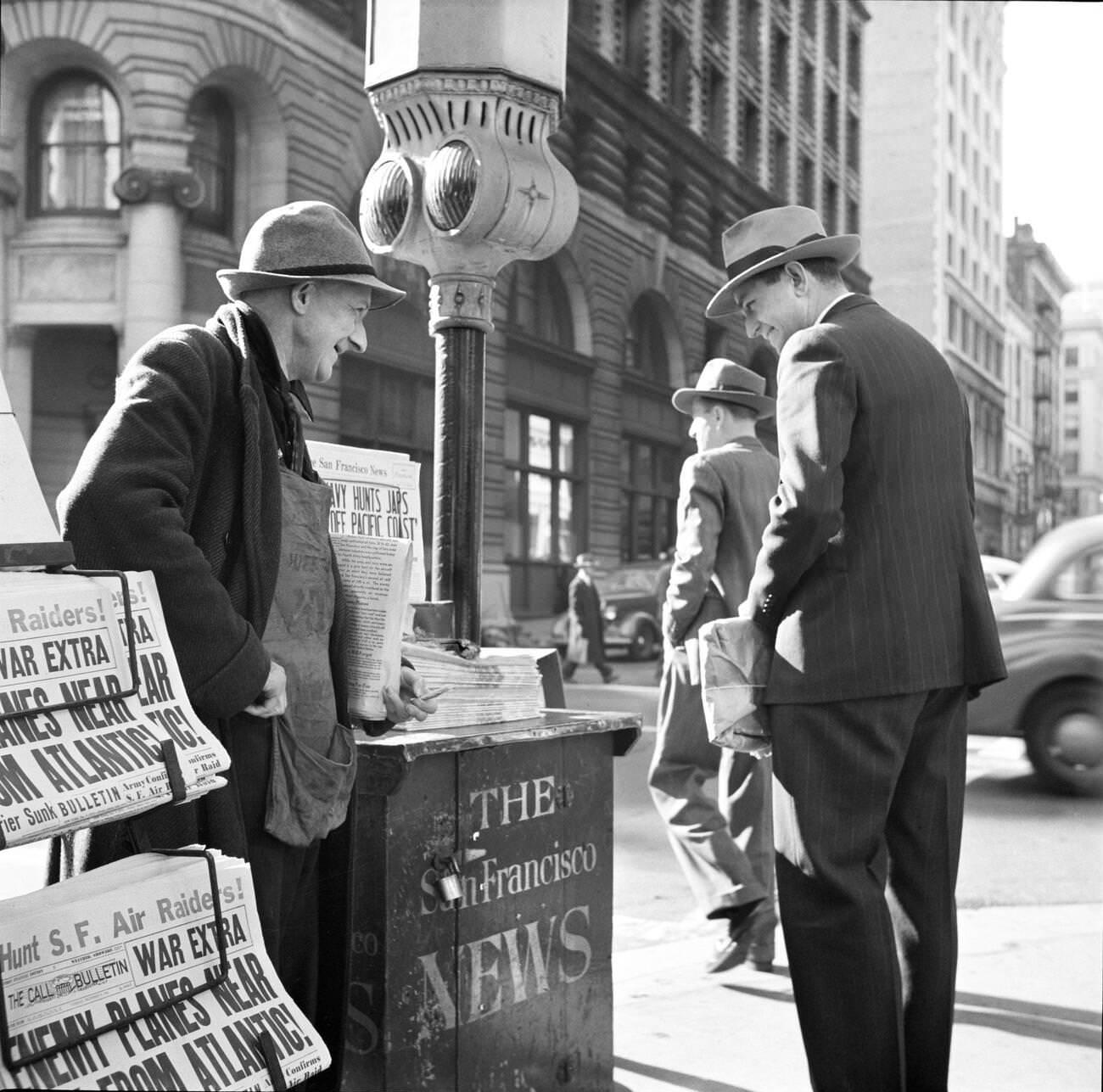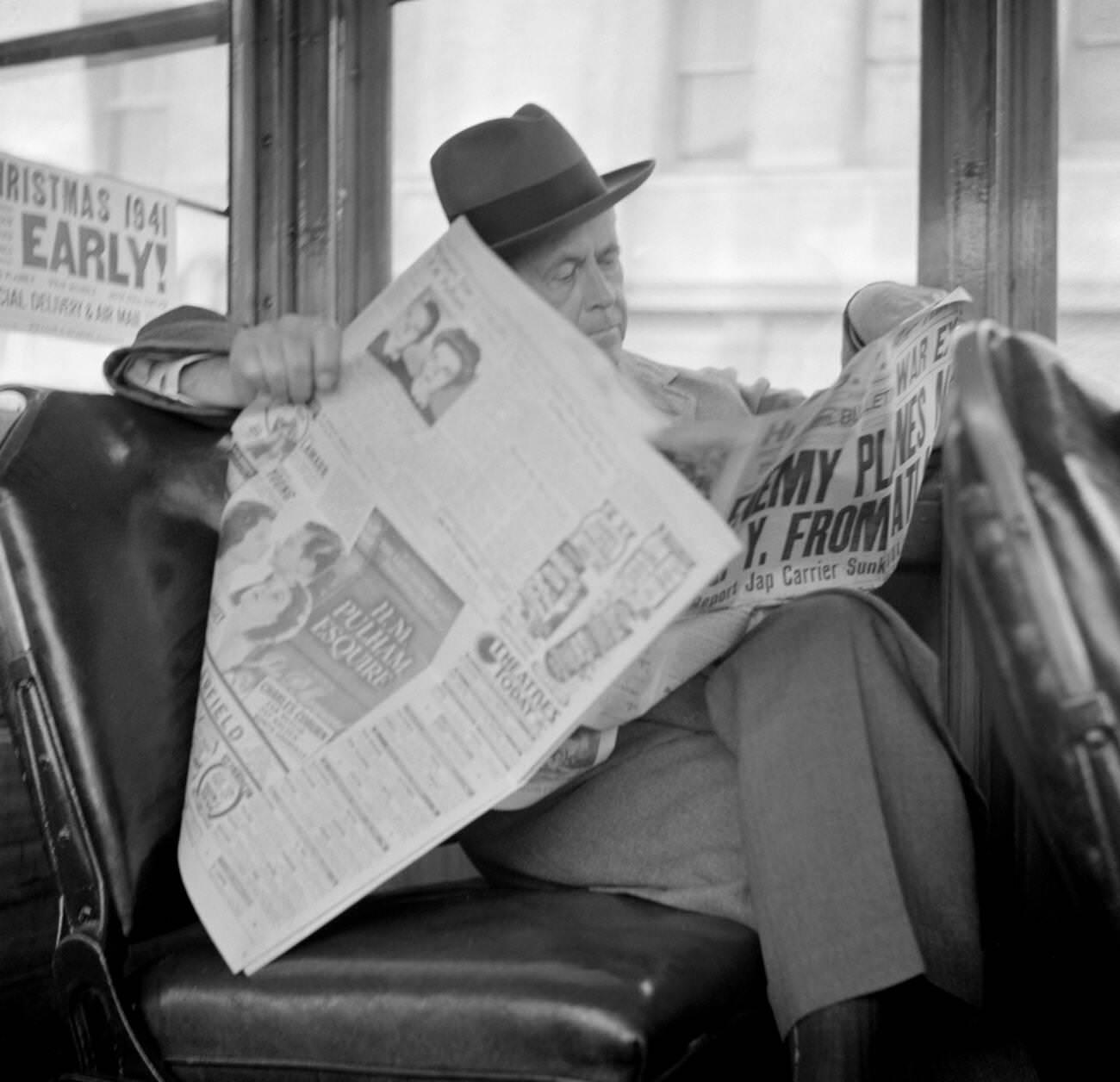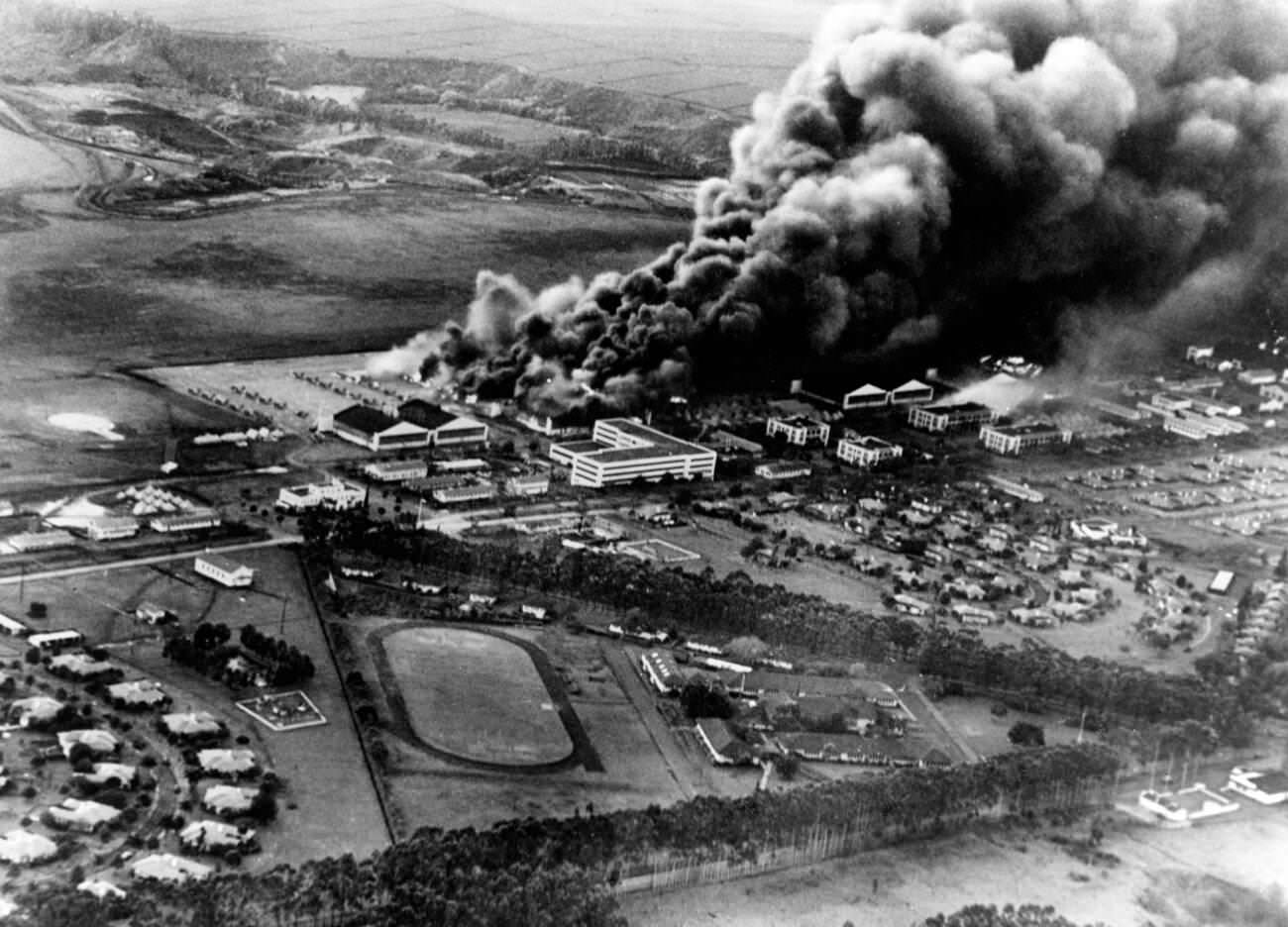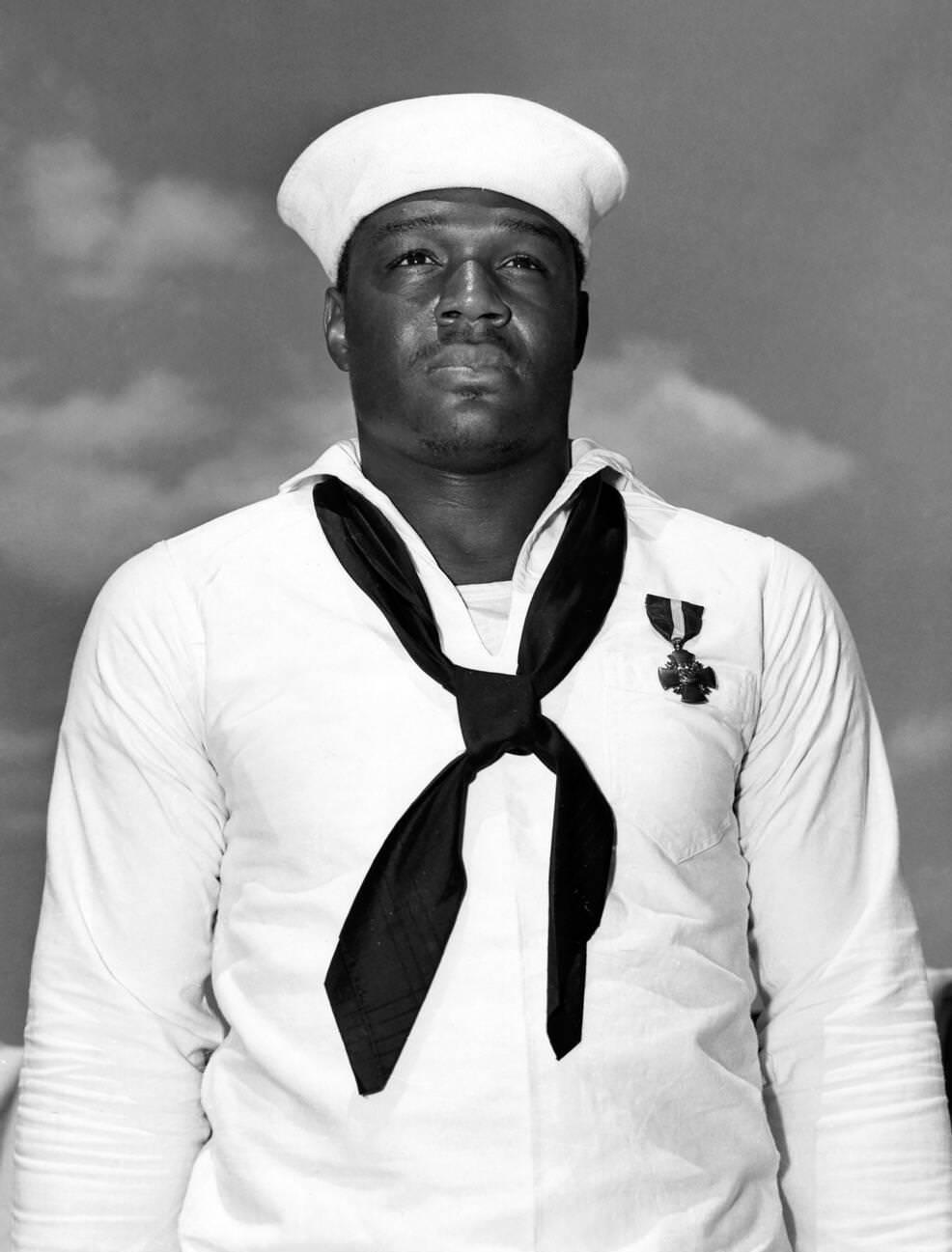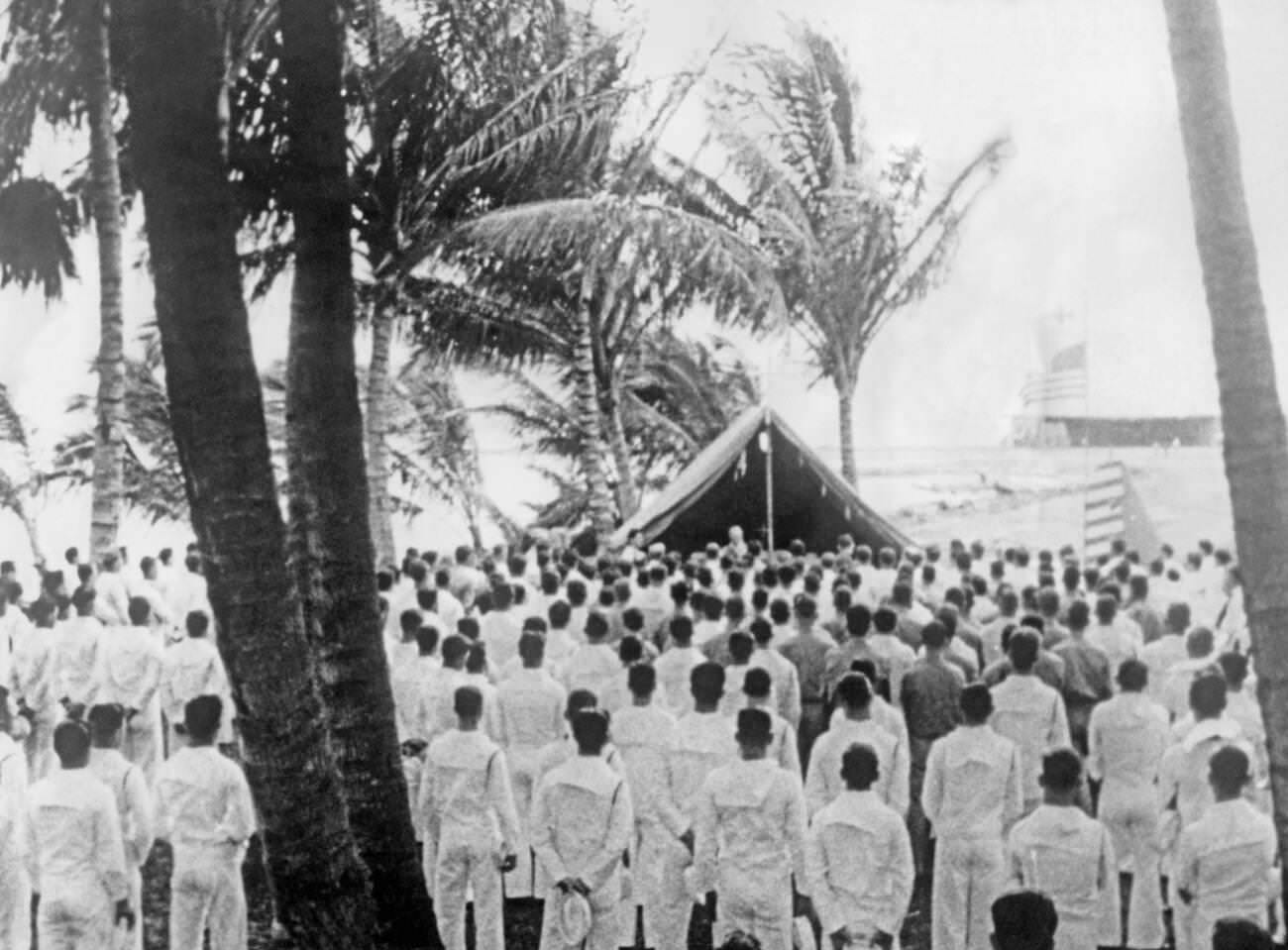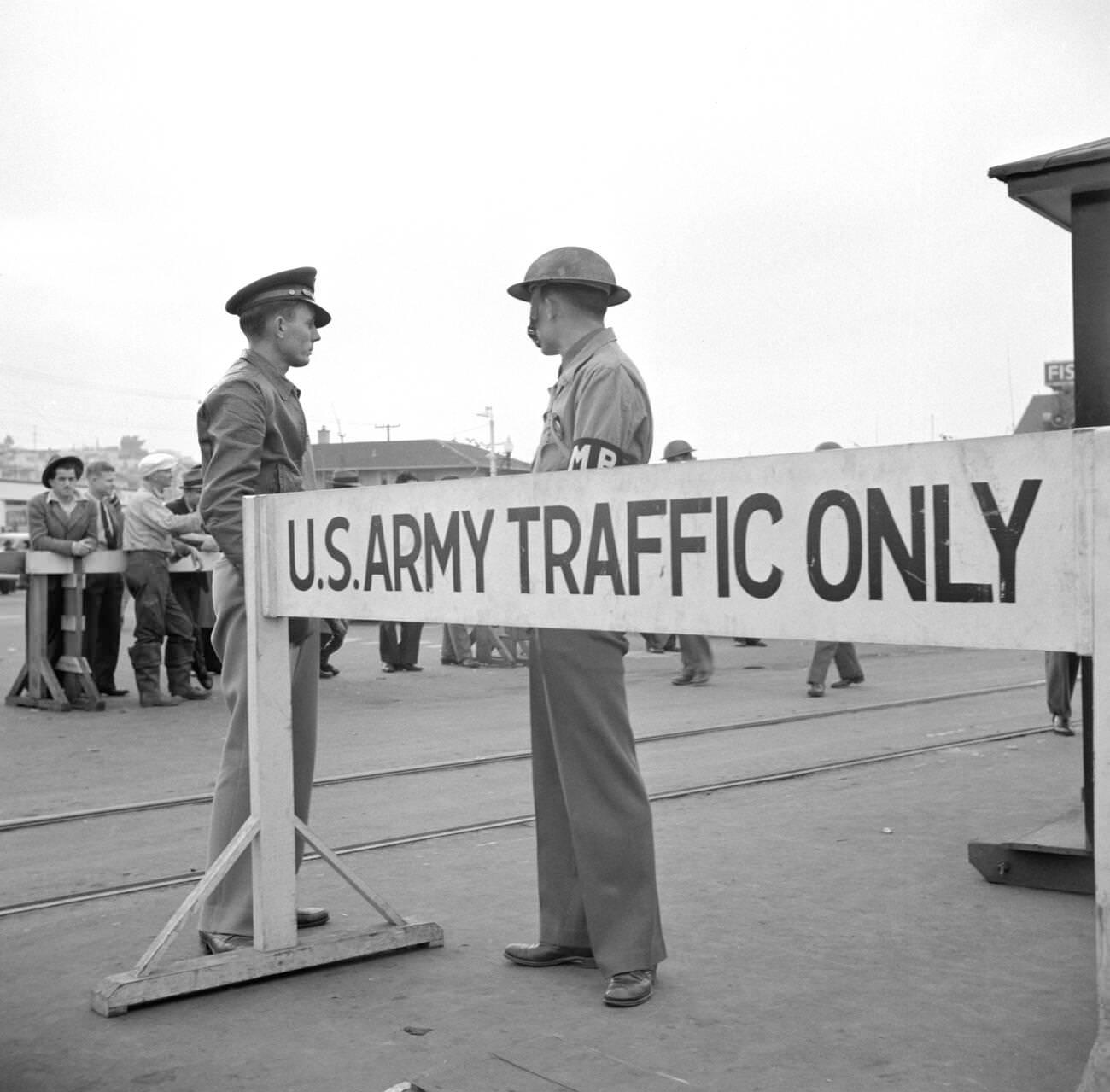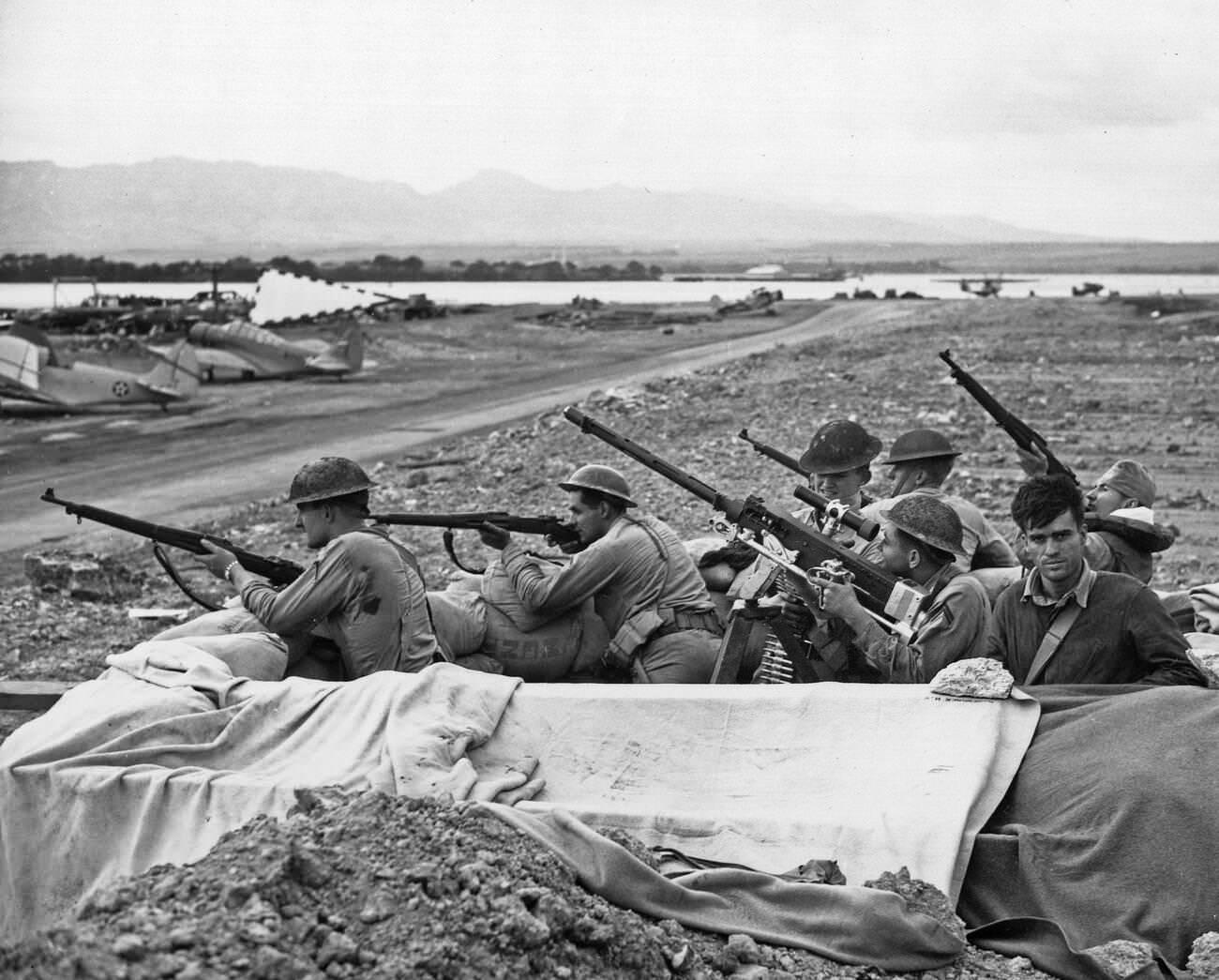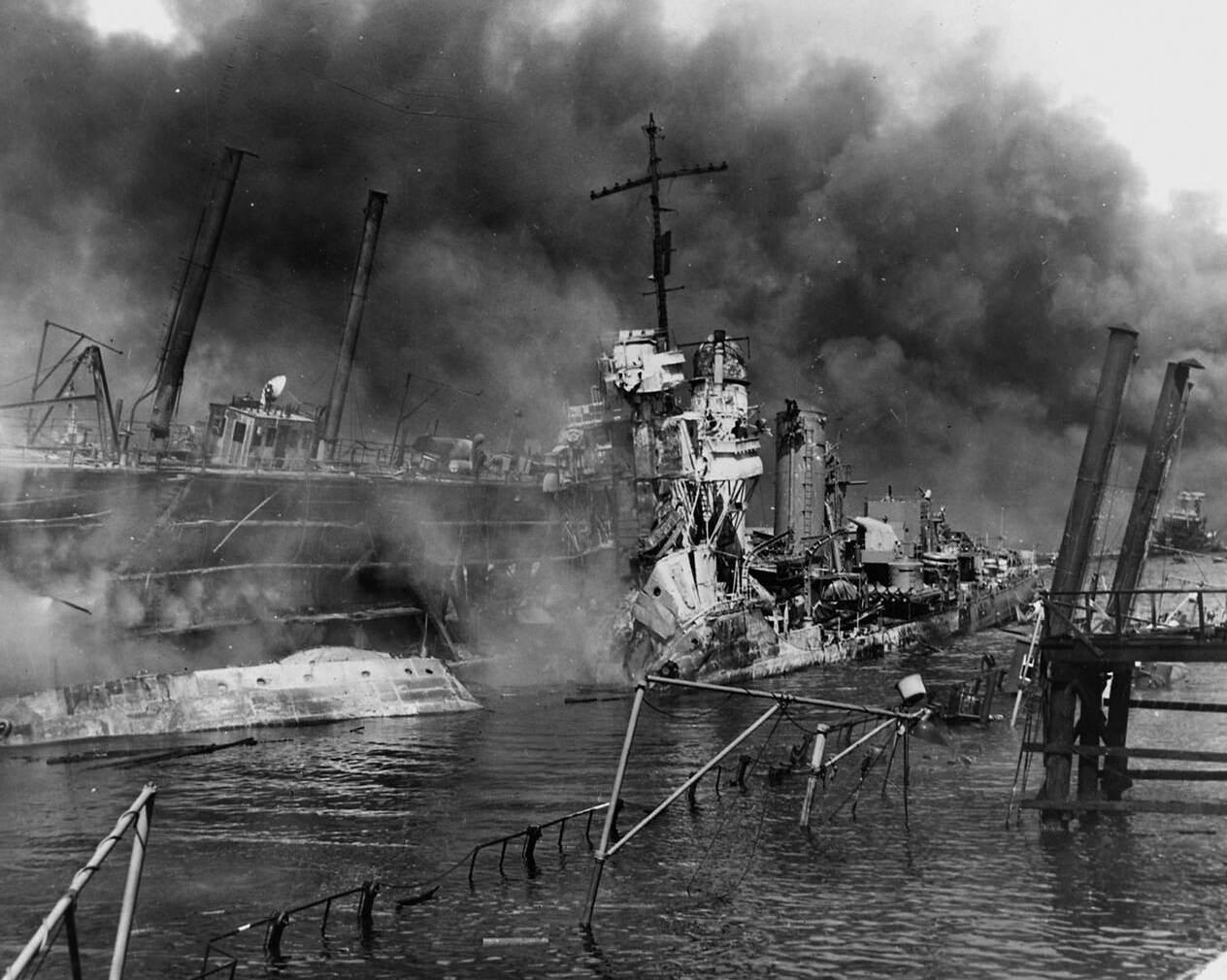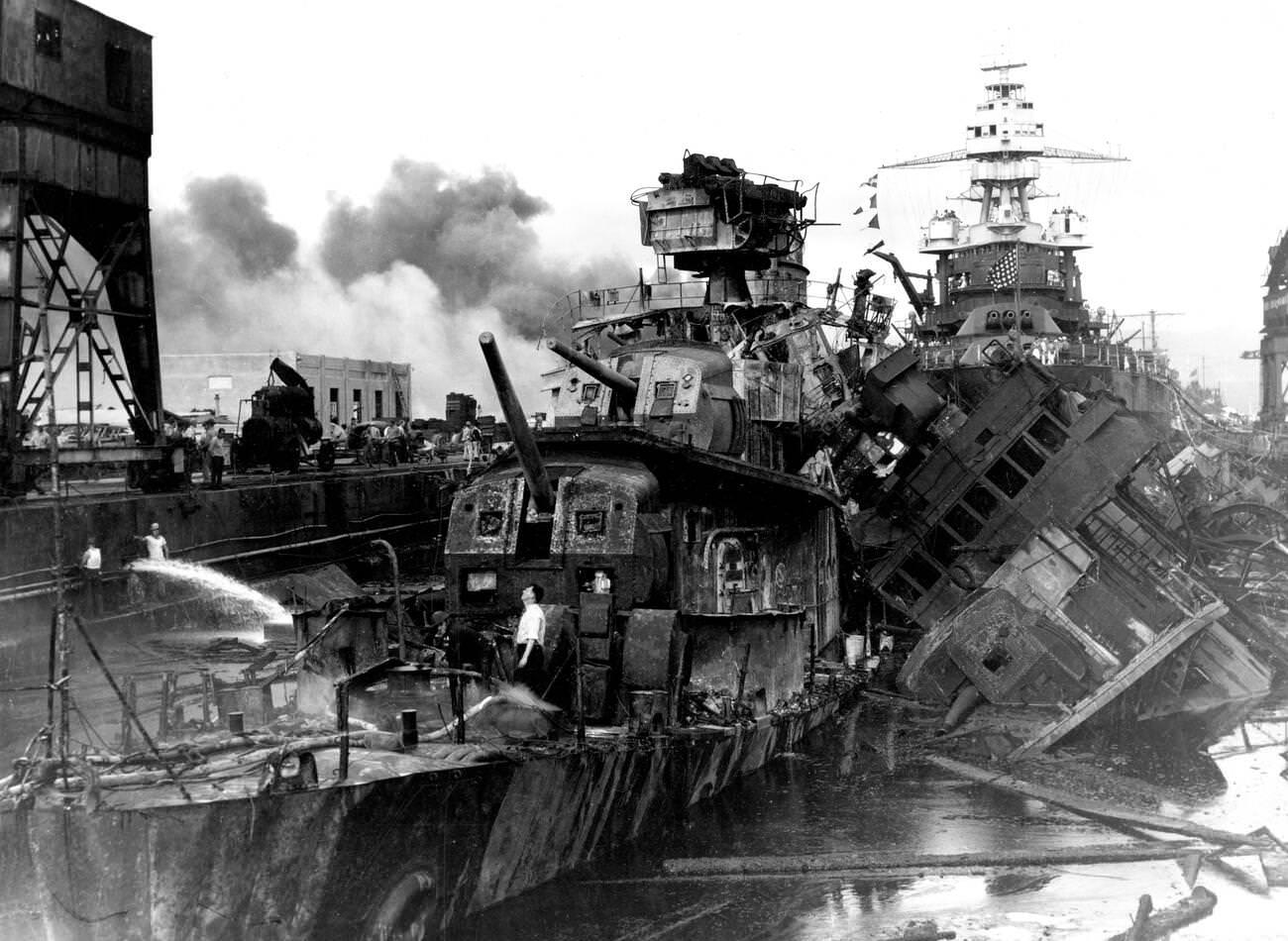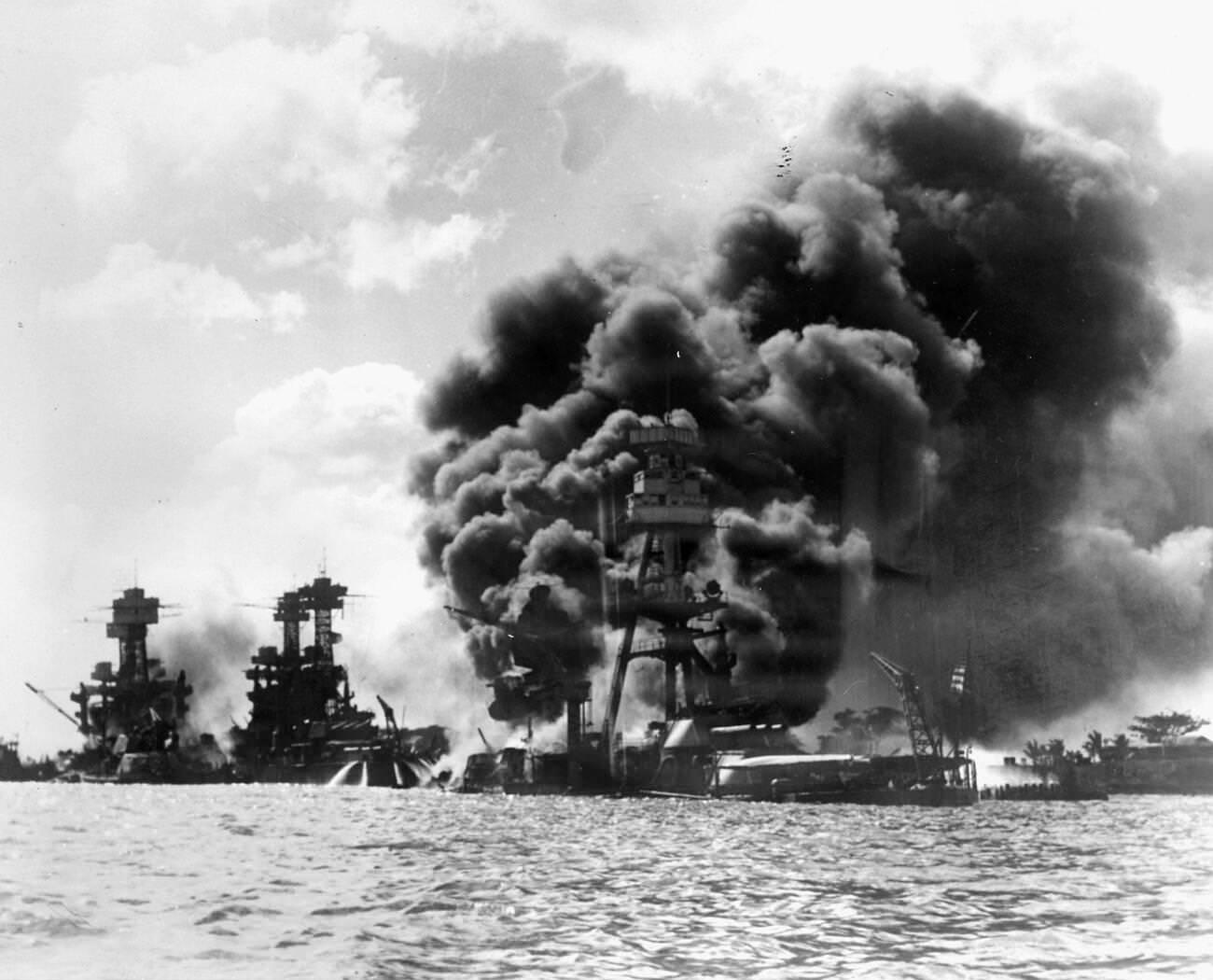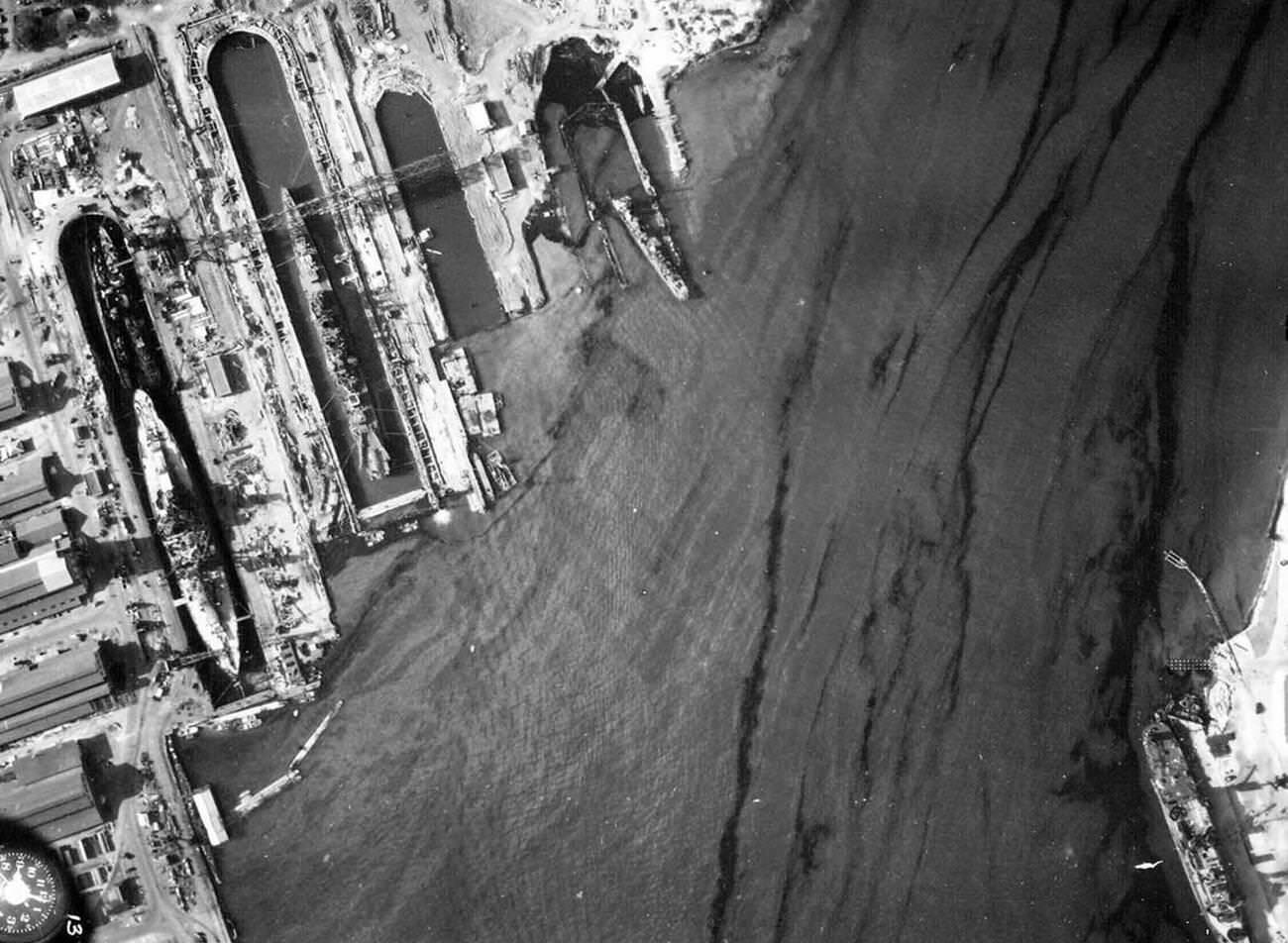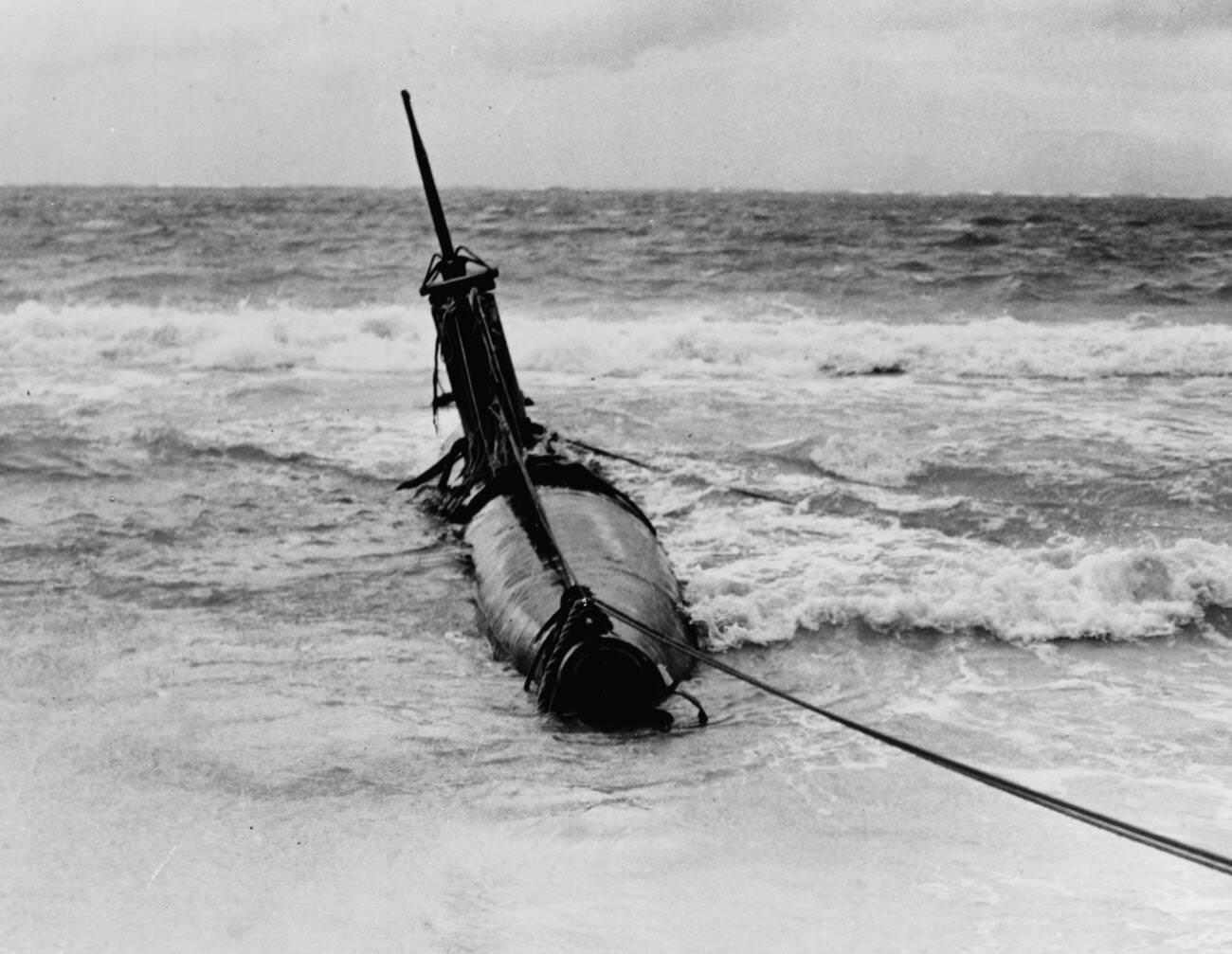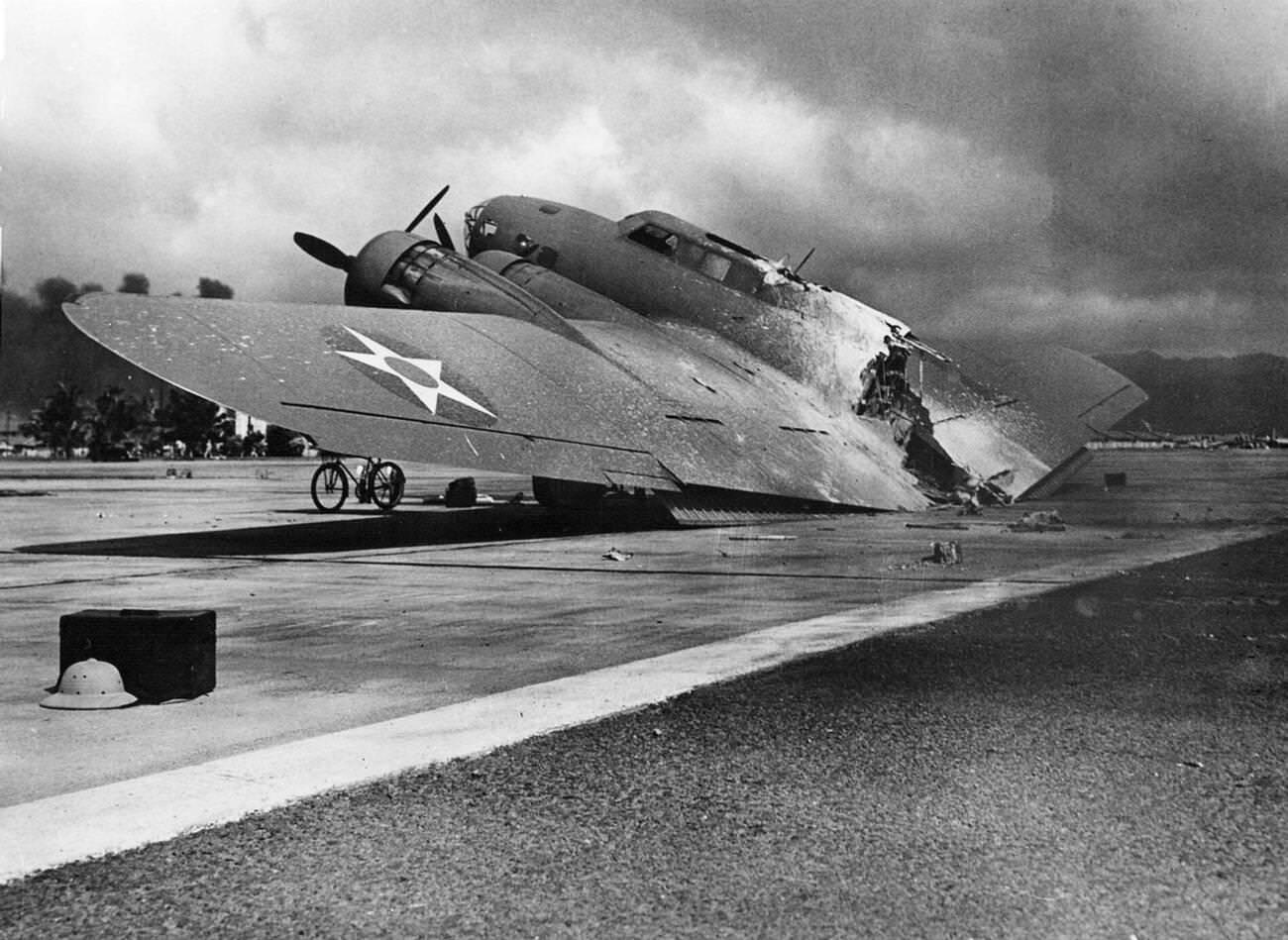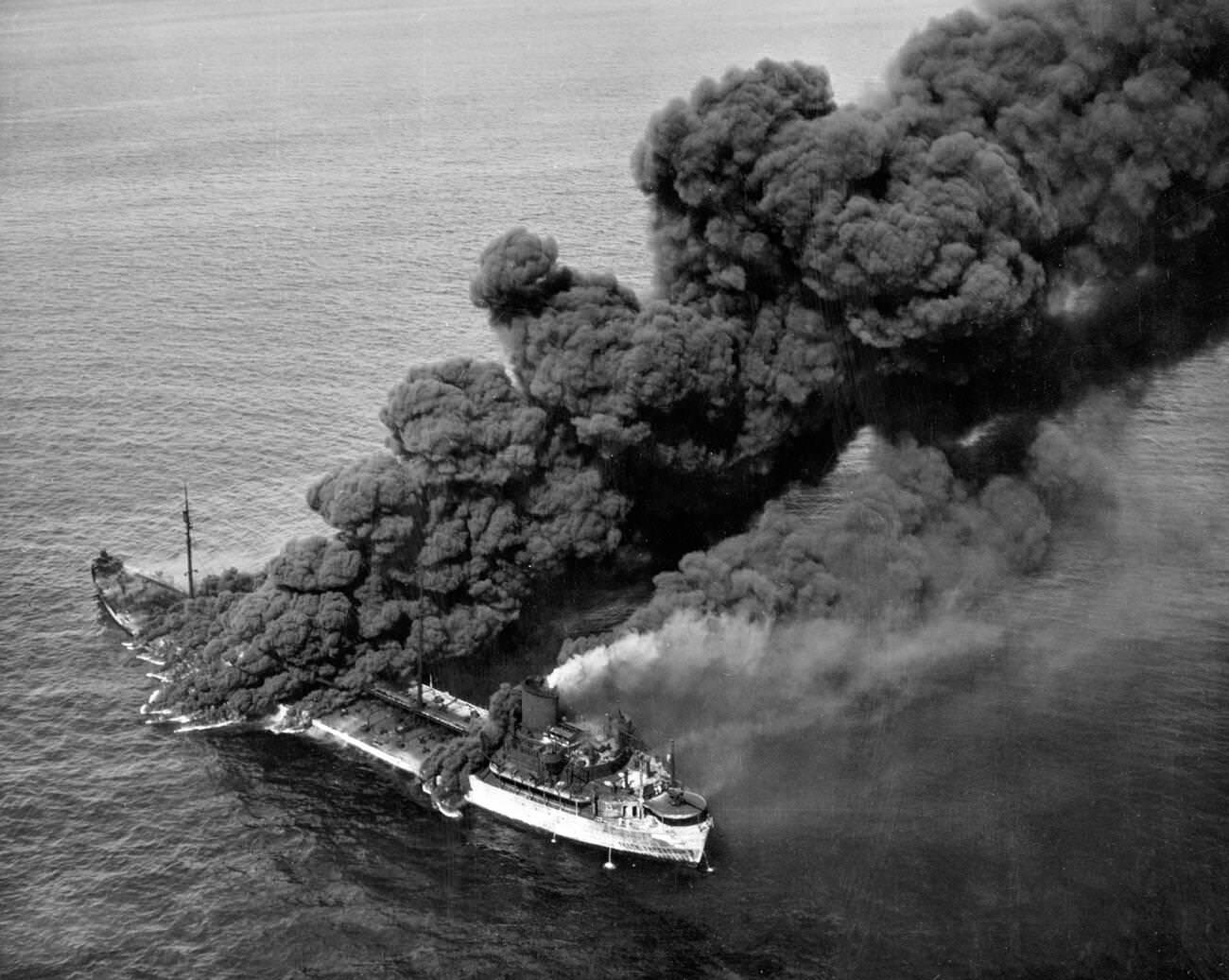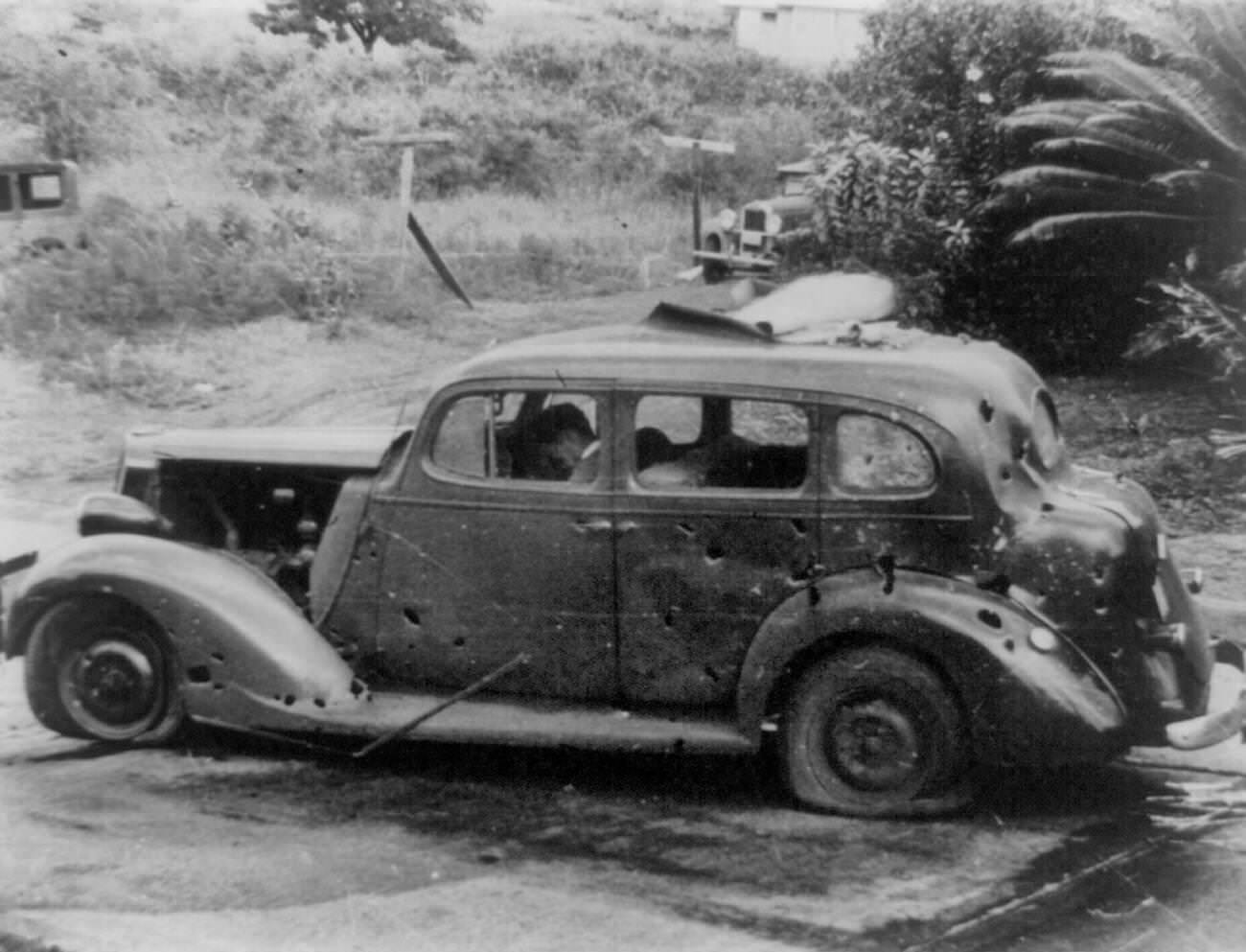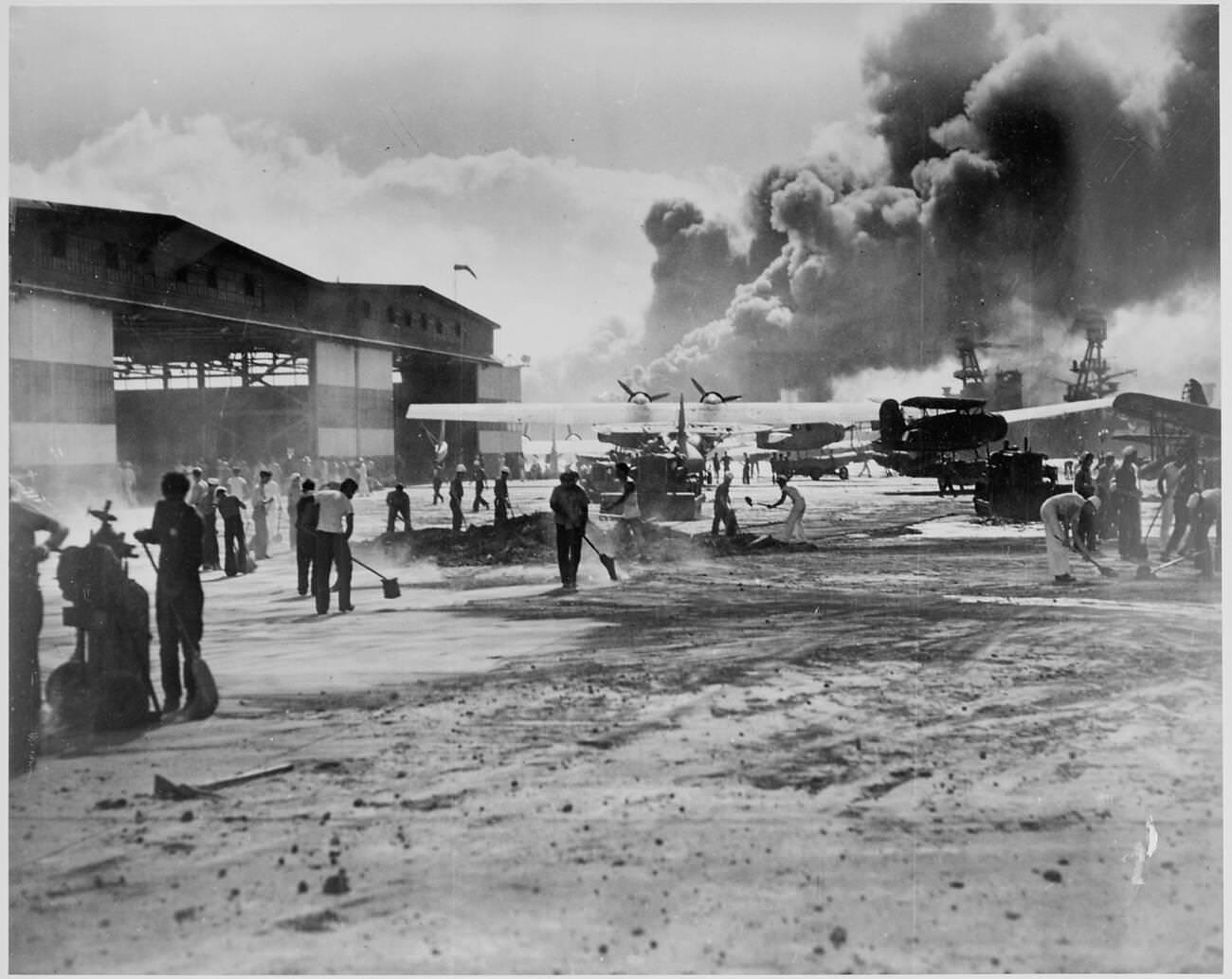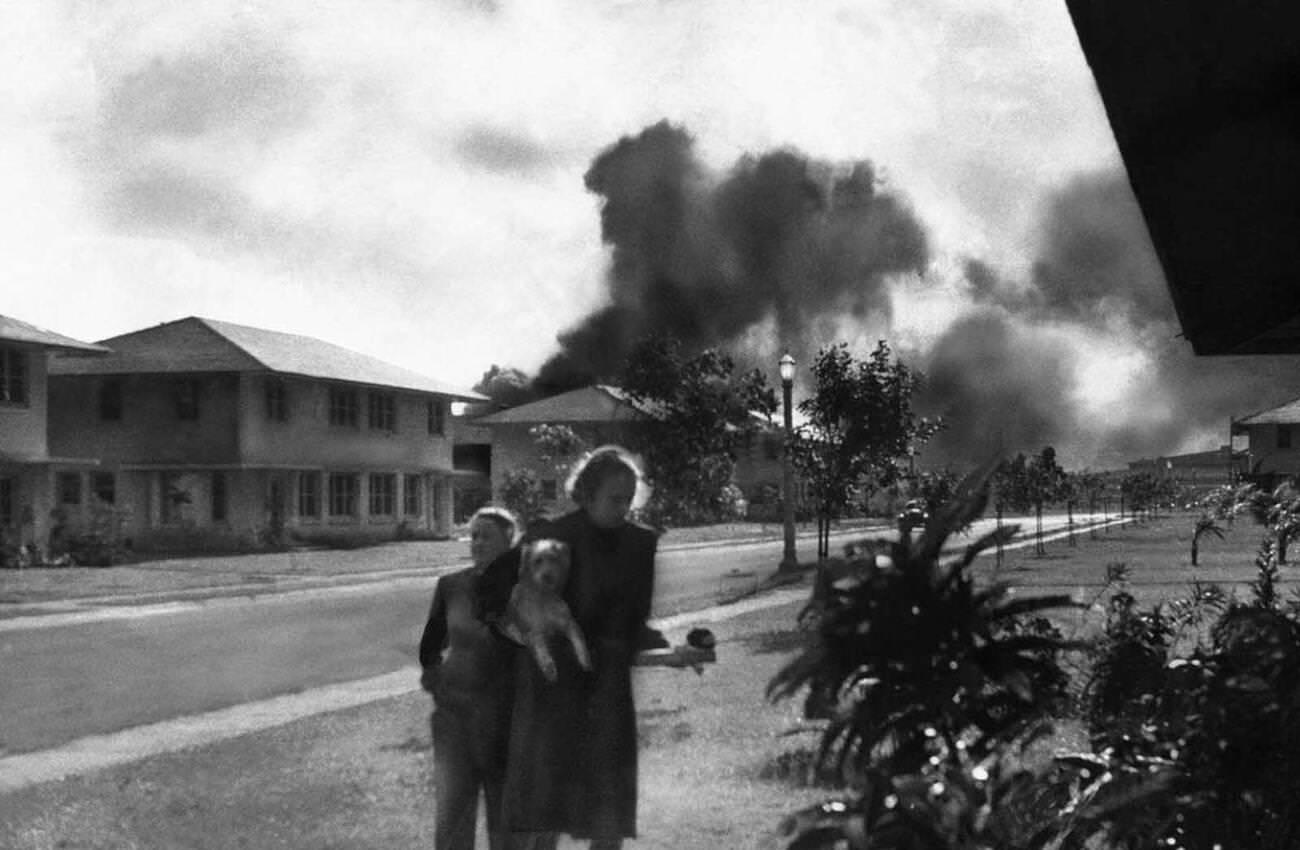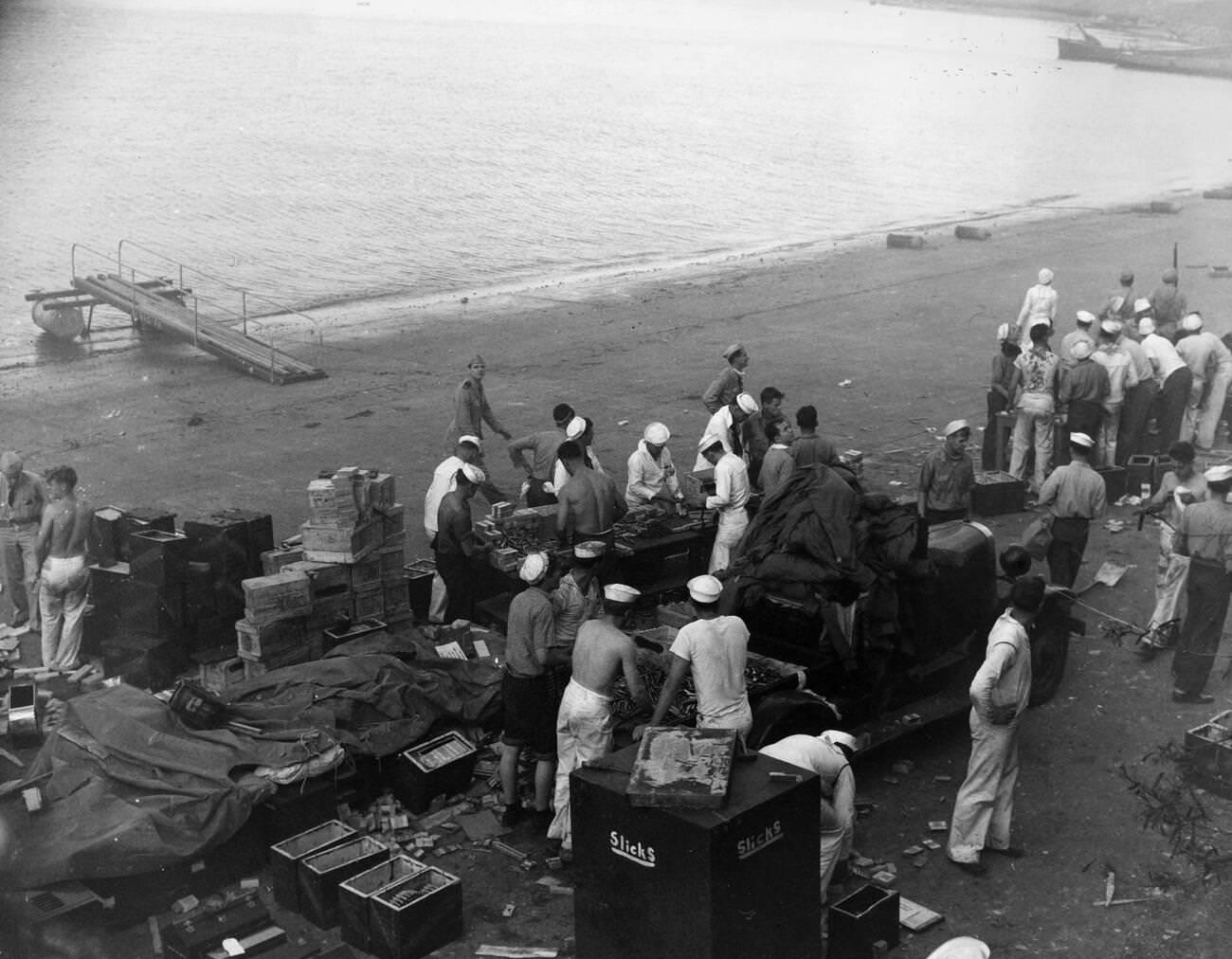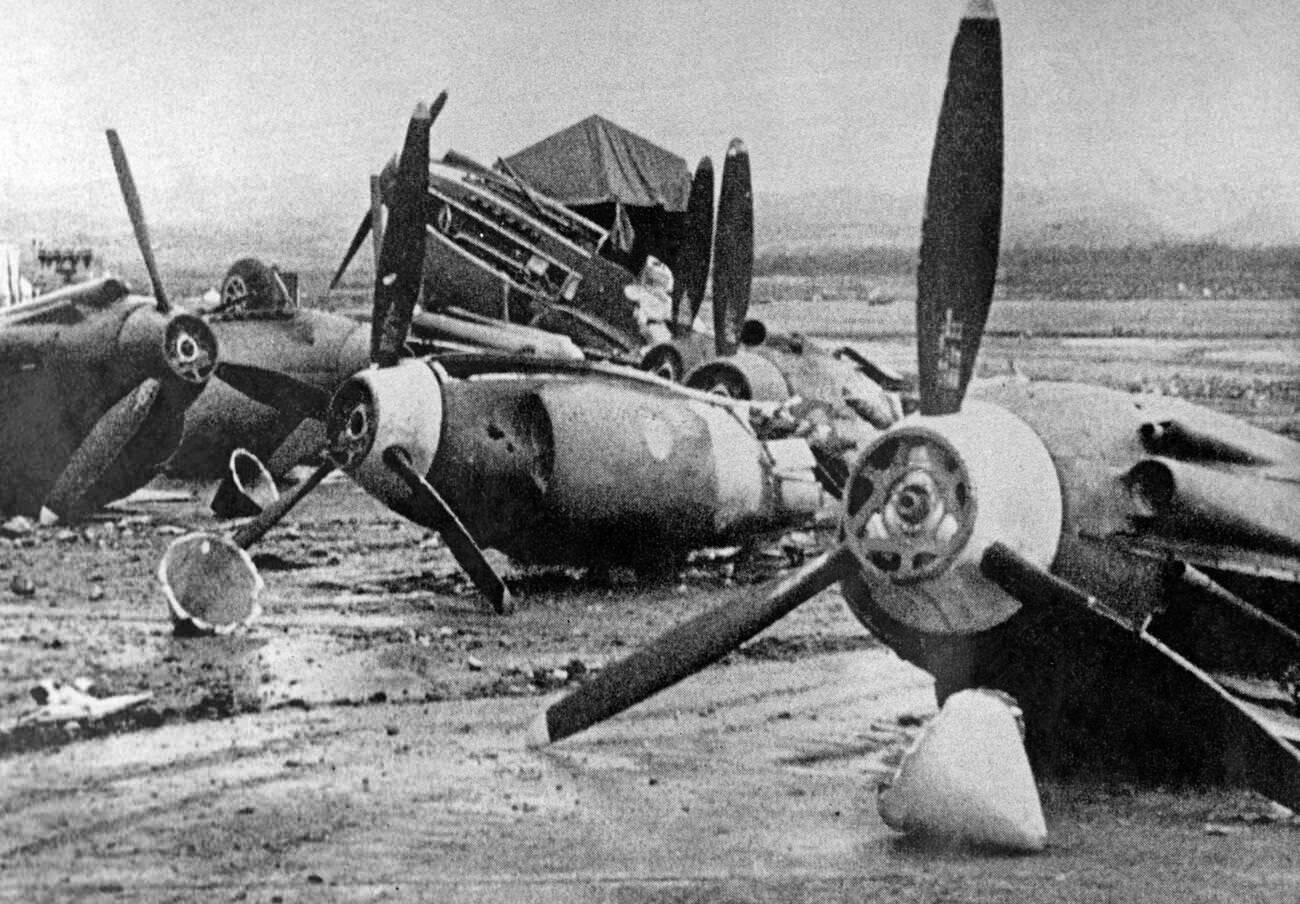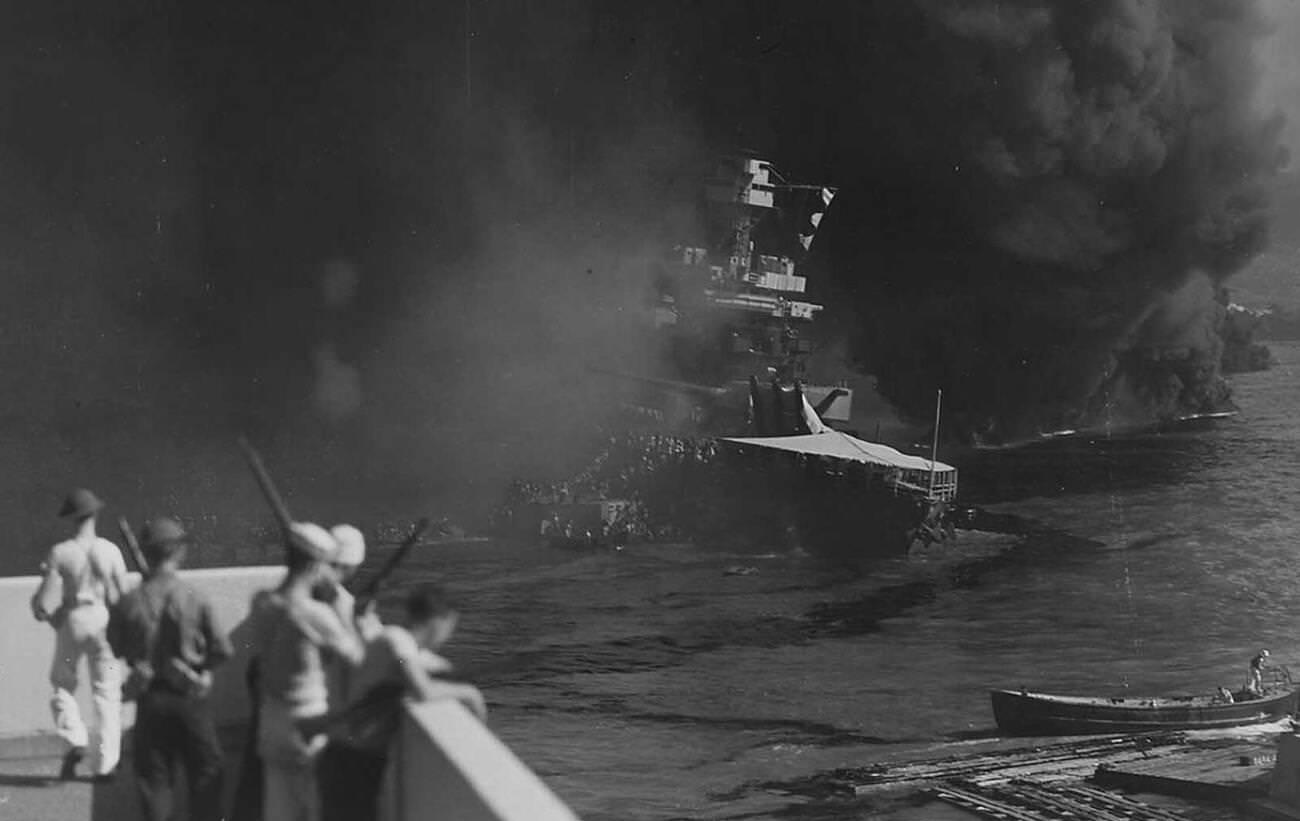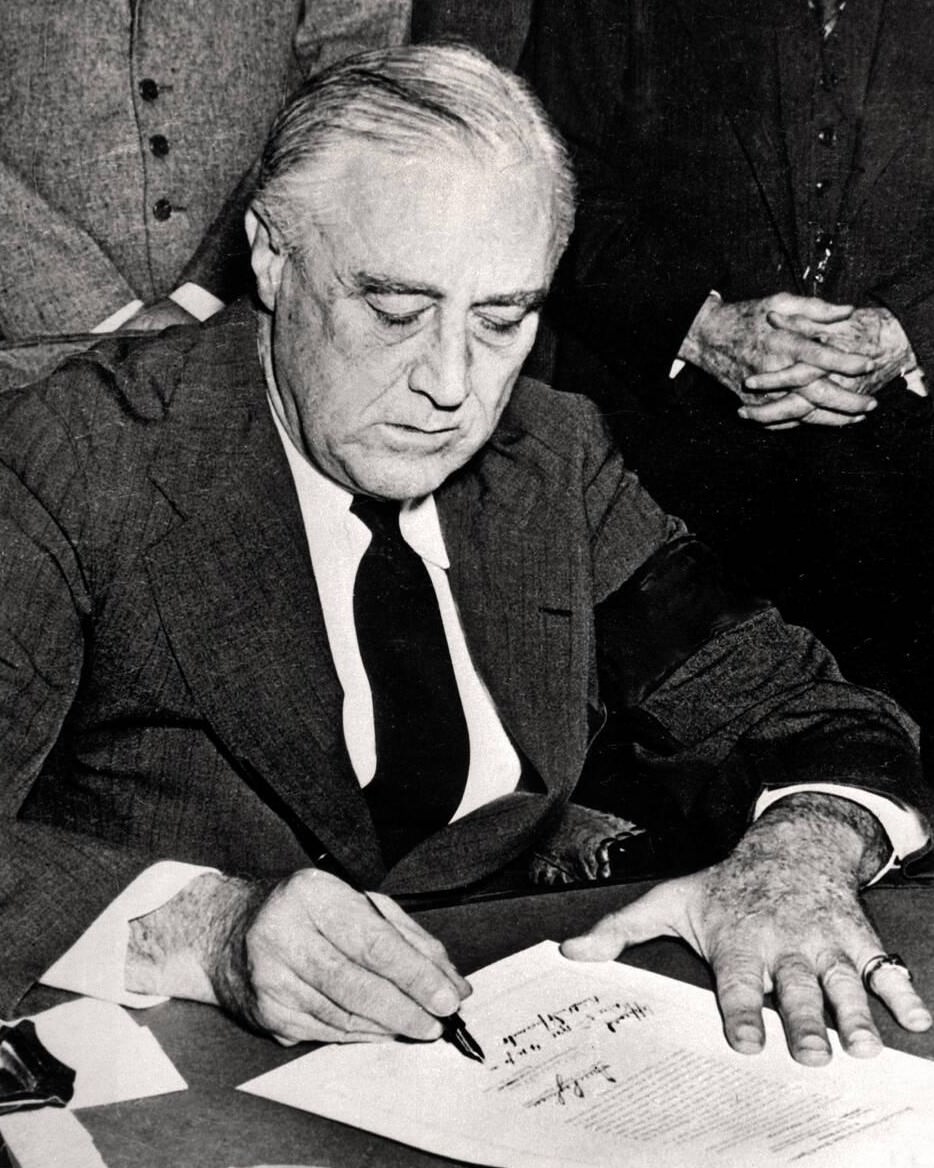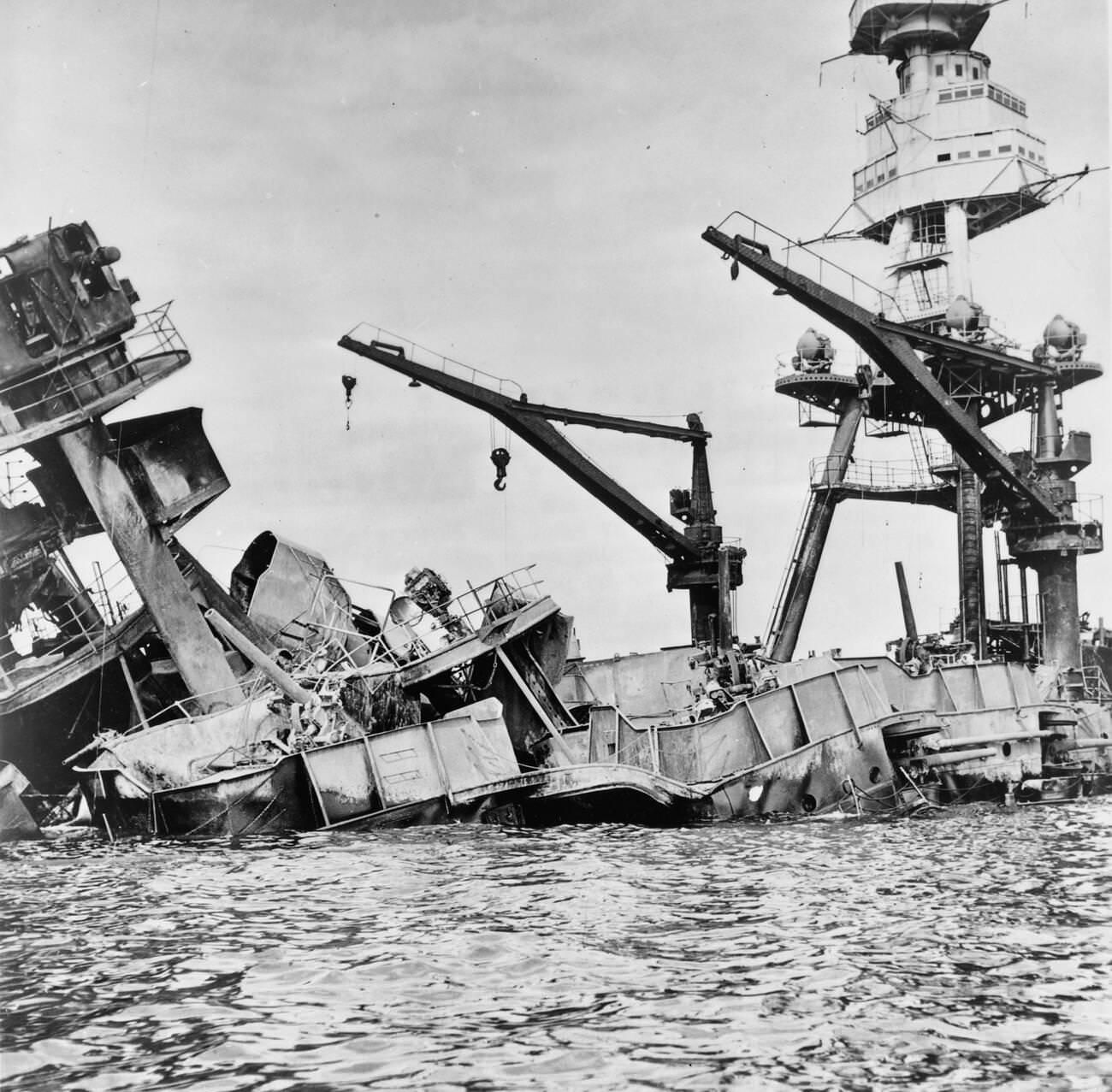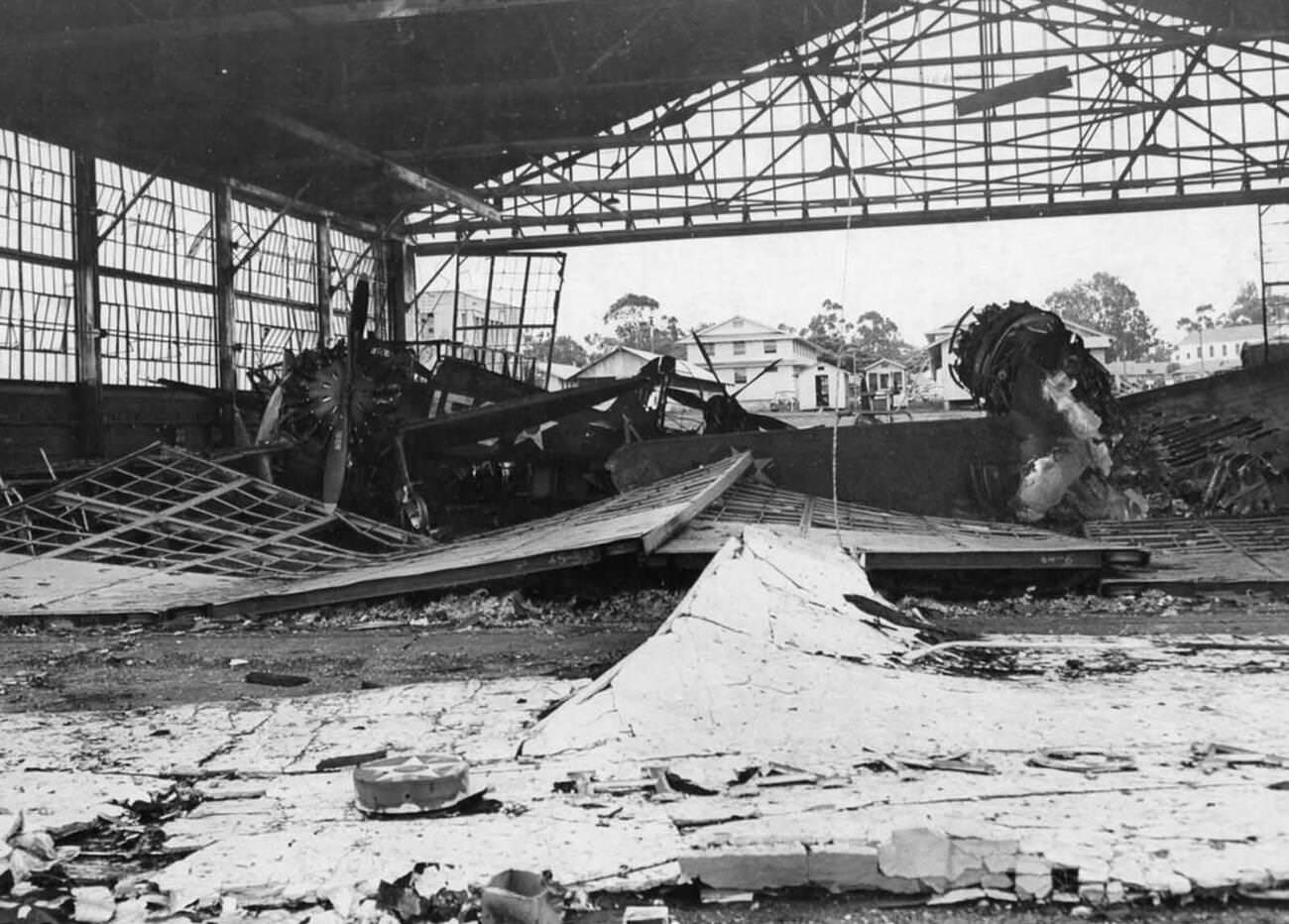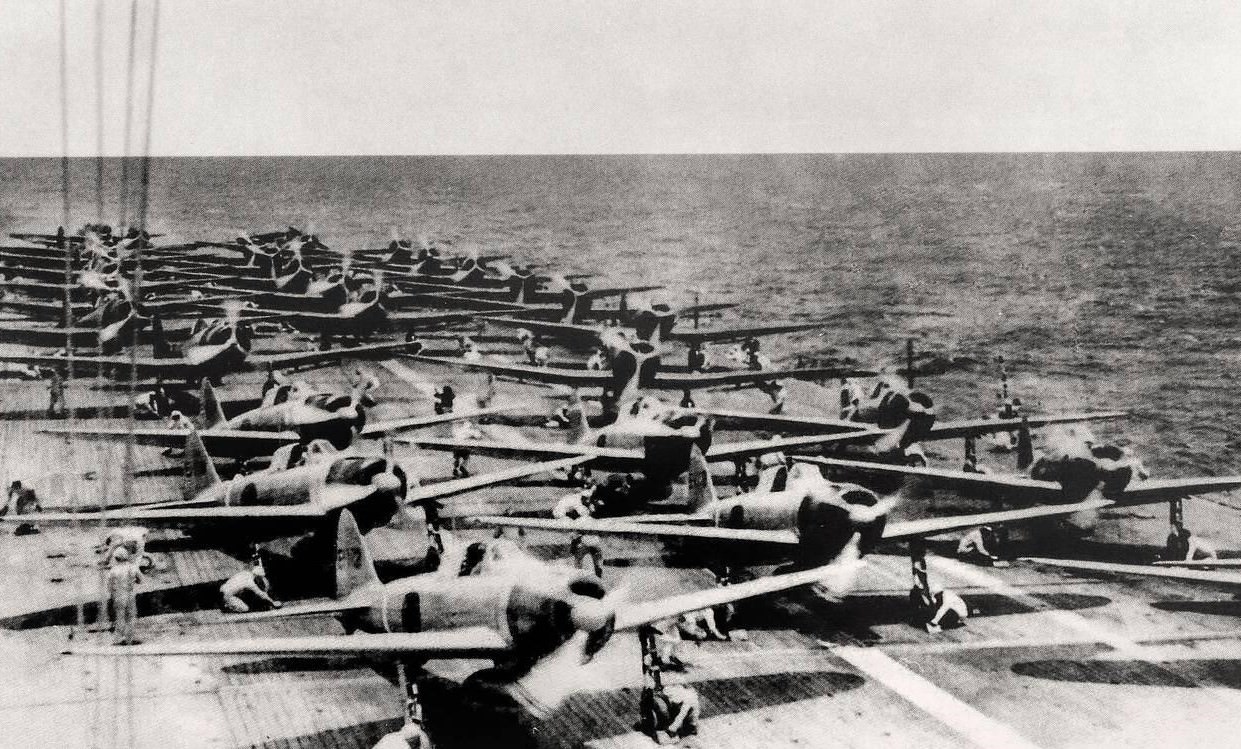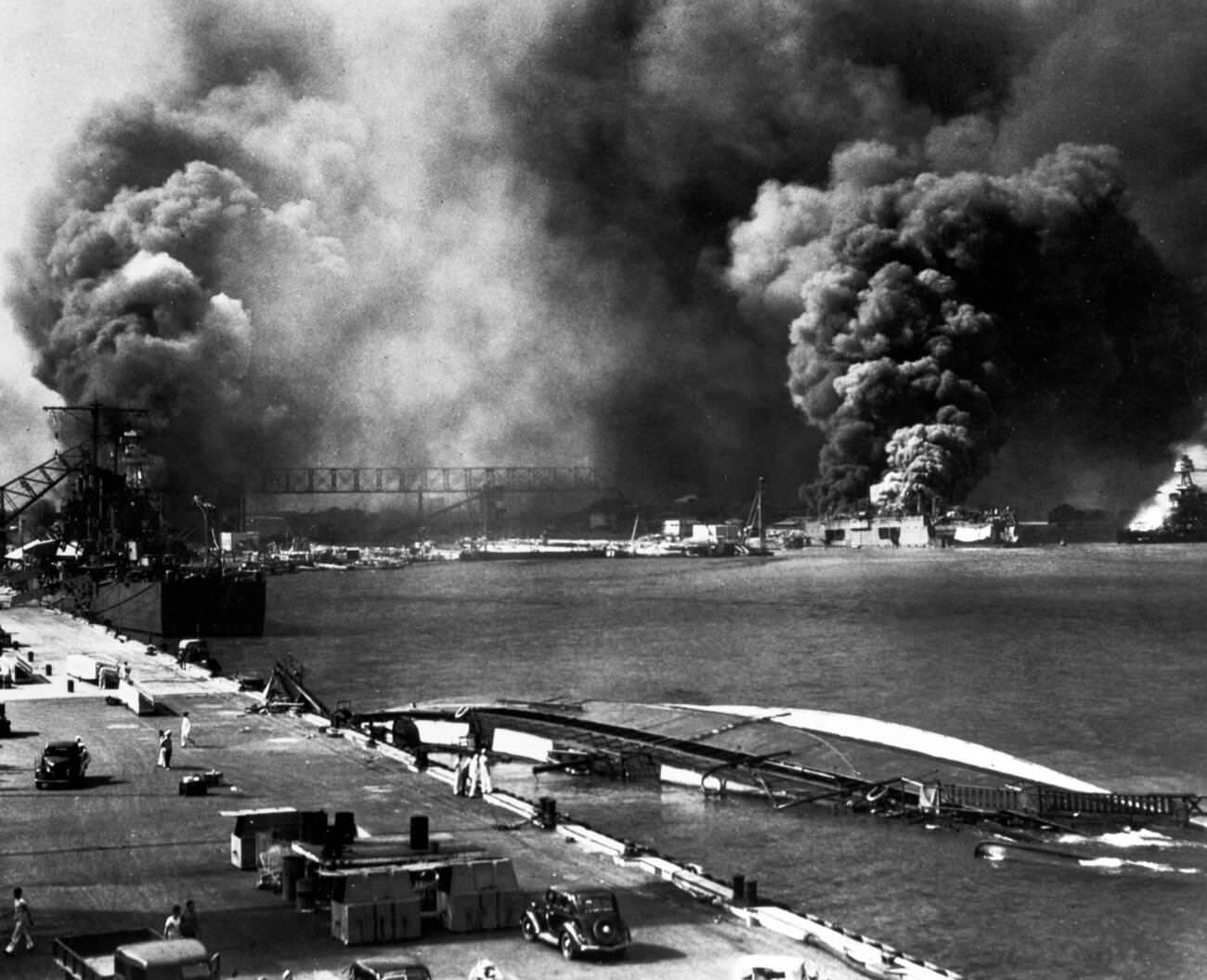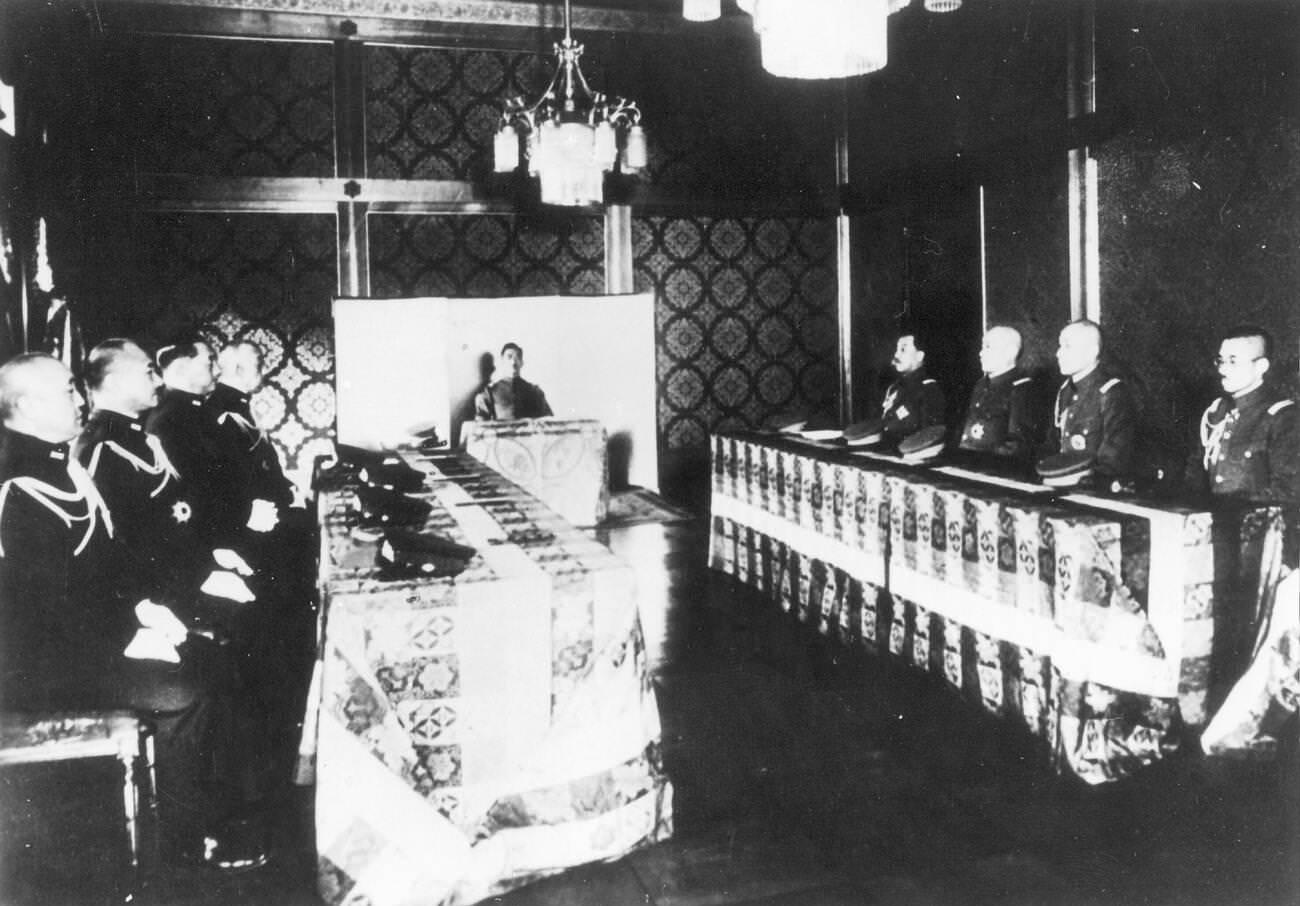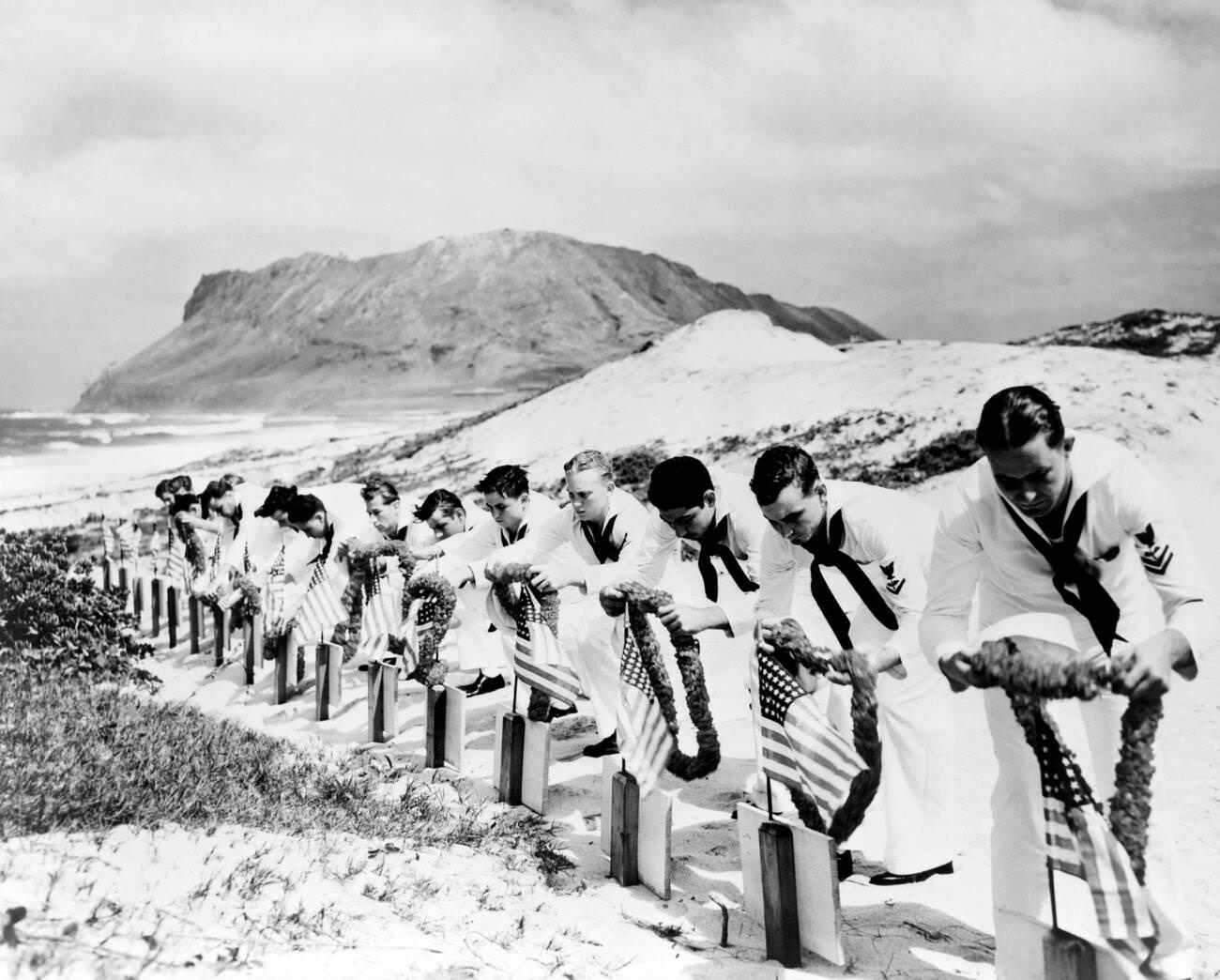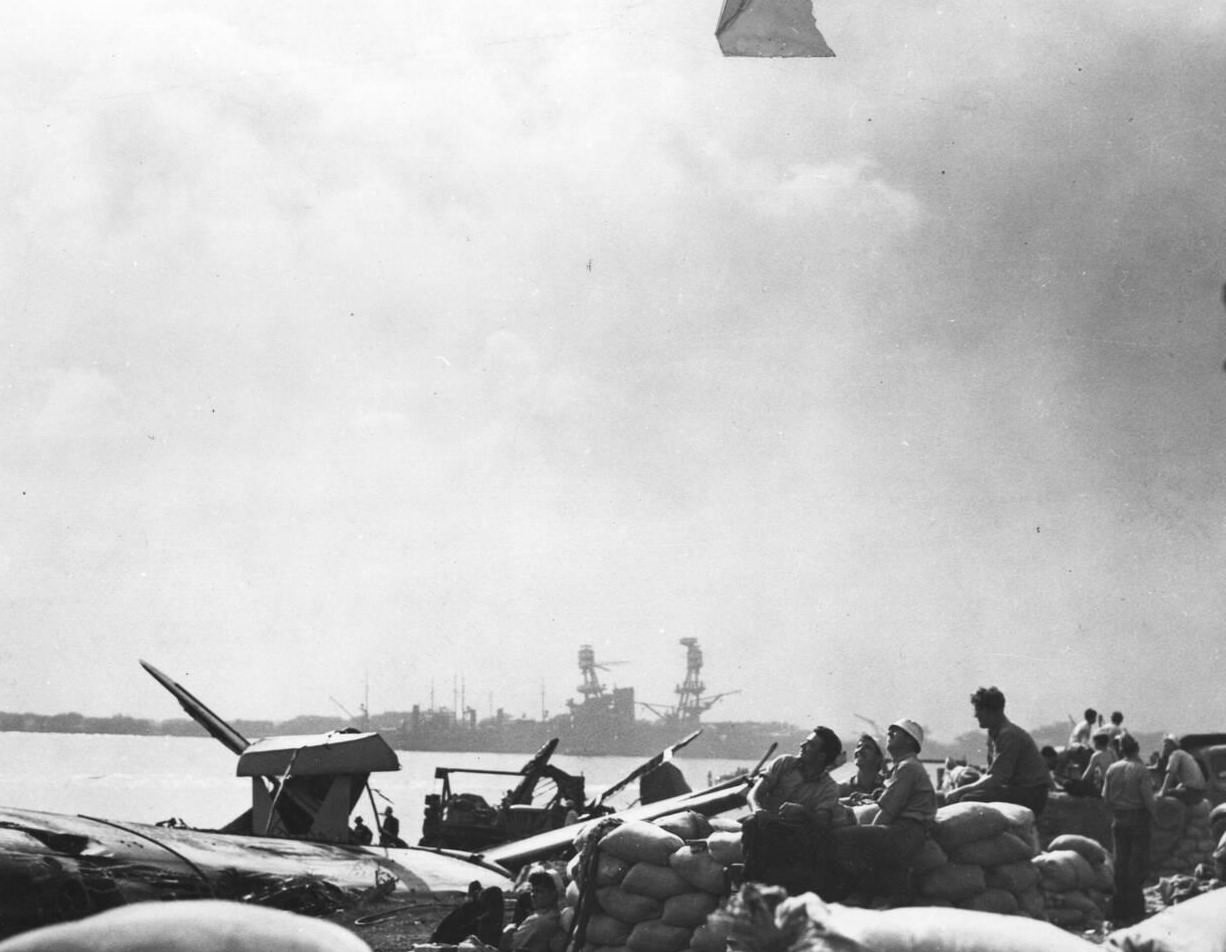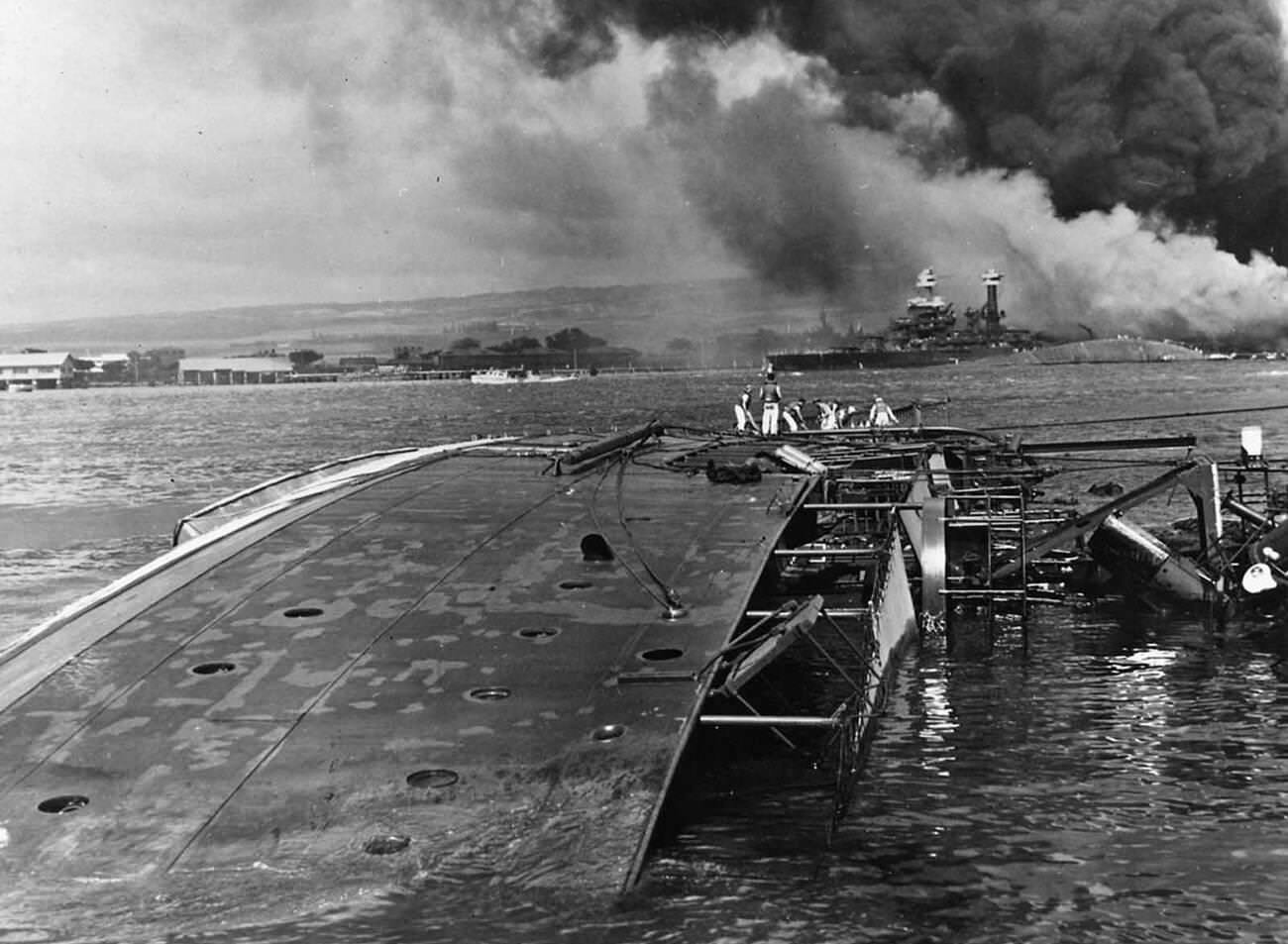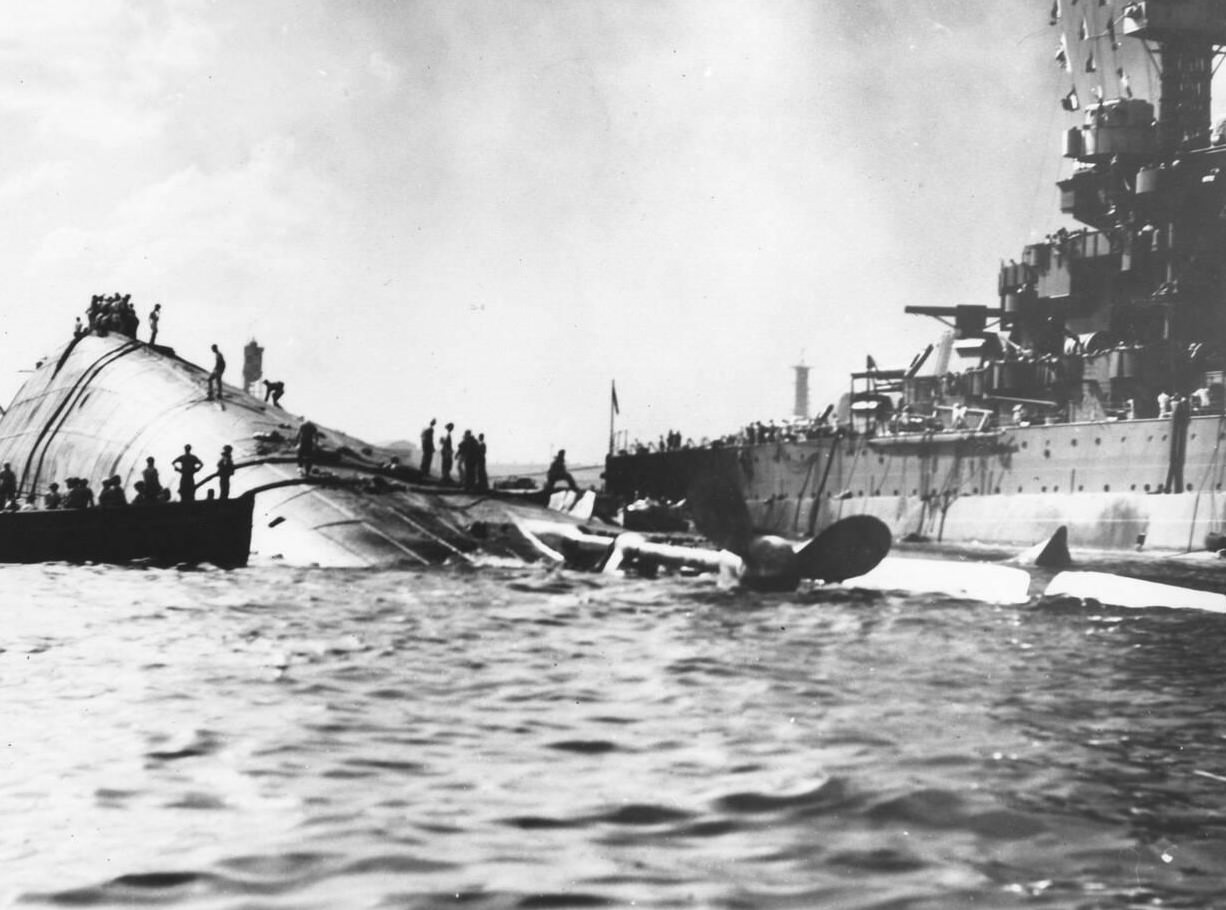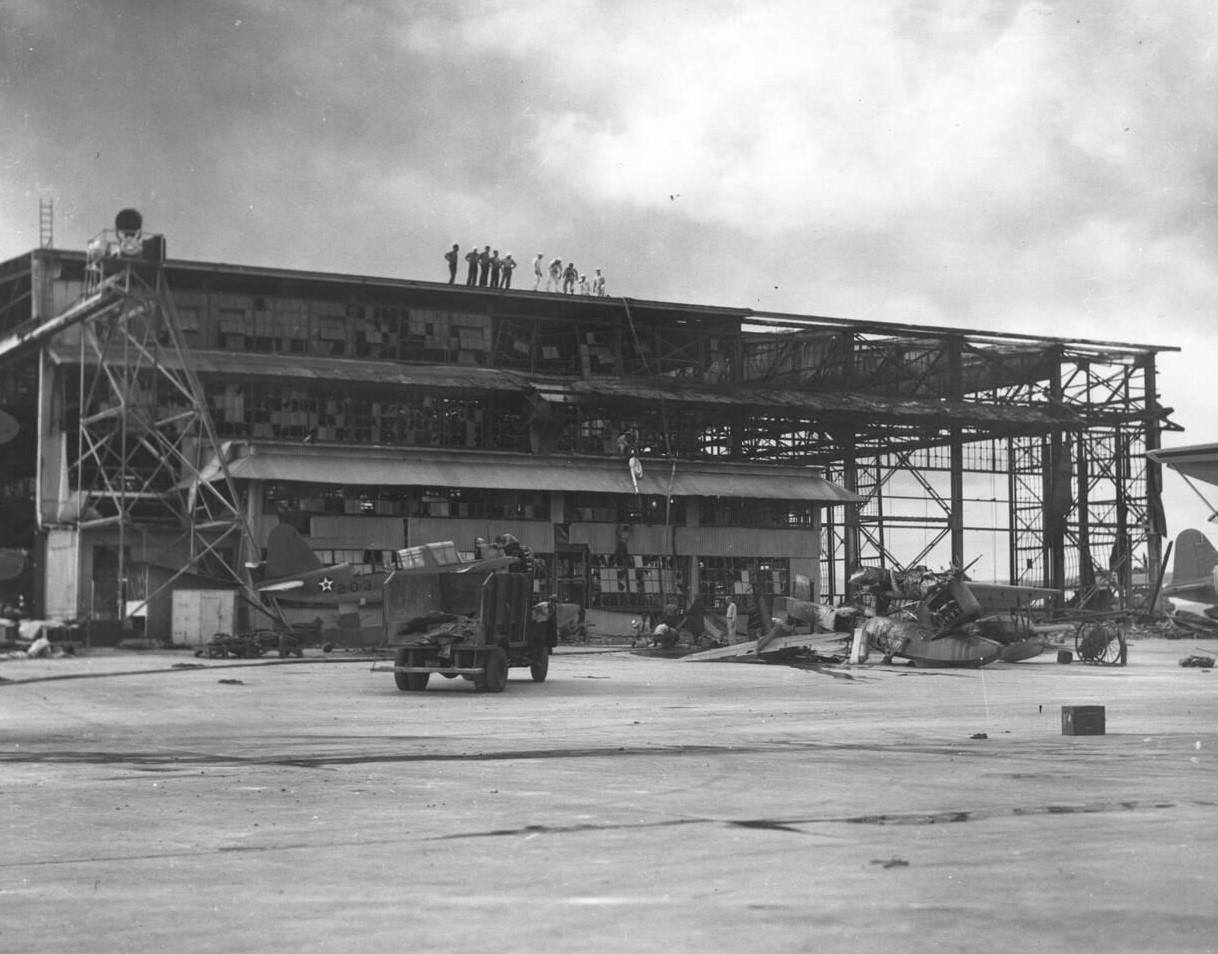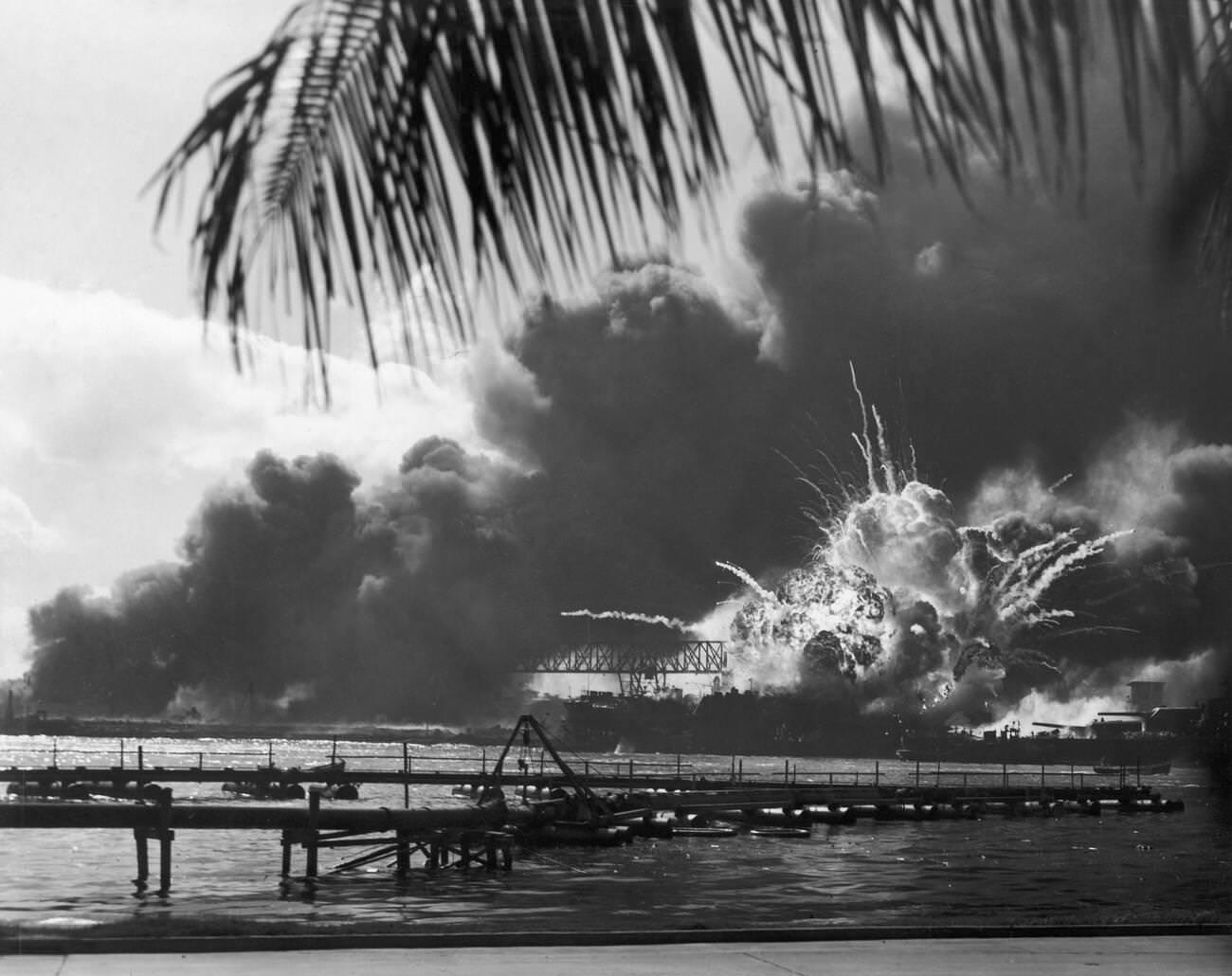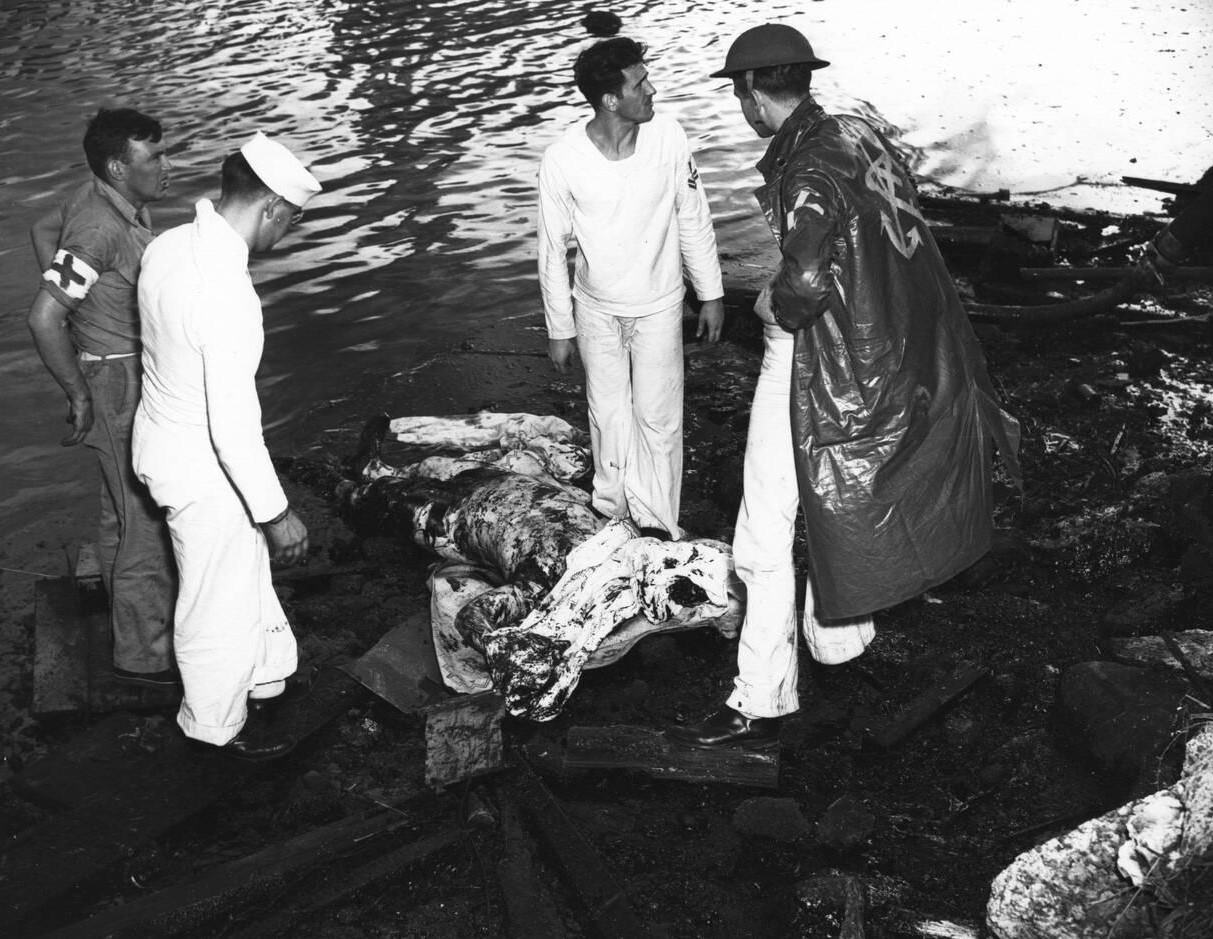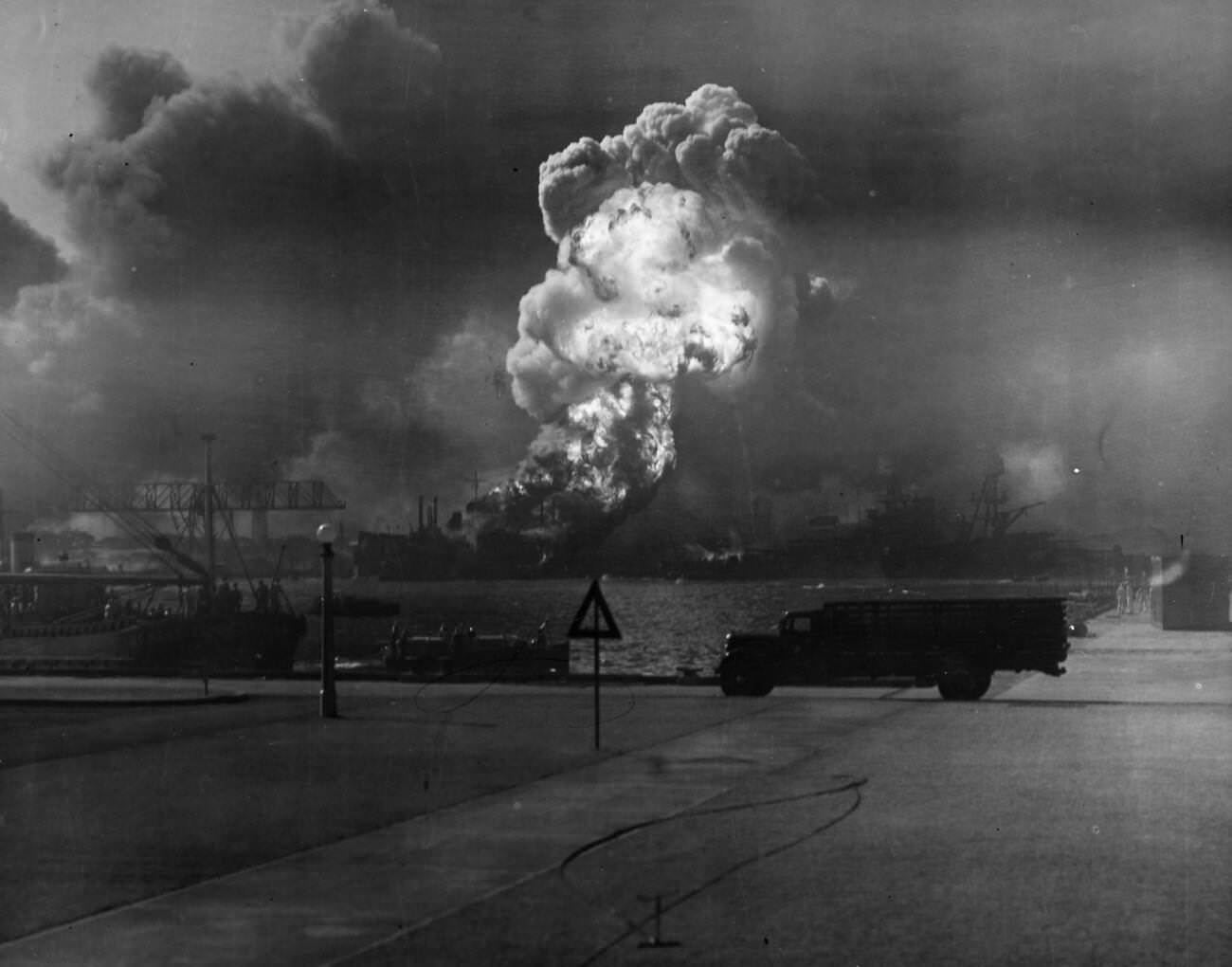The attack on Pearl Harbor didn’t happen out of the blue. Tensions between the United States and Japan had been building for years. During the 1930s, Japan was expanding its empire in Asia. It invaded Manchuria in 1931 and then China in 1937. The United States, which had economic interests in the region, was not happy with Japan’s aggression.
In response, the U.S. imposed economic sanctions on Japan. These sanctions included restrictions on oil exports, which Japan desperately needed. Without oil, Japan’s military and industrial machines would grind to a halt. Negotiations between the two nations continued, but they were tense and unproductive. Japan felt cornered and believed that war with the United States was inevitable. To have any chance of success, Japan decided to strike first, hoping to cripple the U.S. Pacific Fleet and gain a strategic advantage.
The Planning of the Attack
Planning for the attack on Pearl Harbor began months in advance. Admiral Isoroku Yamamoto, the mastermind behind the plan, understood the risks. He knew that the attack had to be a complete surprise to achieve its goal. The Japanese devised a detailed plan that involved over 350 aircraft and several warships. The plan was to launch a surprise air assault on the U.S. naval base at Pearl Harbor in Hawaii, targeting battleships, aircraft carriers, and airfields.
Read more
Execution of the Attack
On the morning of December 7, 1941, the attack began. It was a Sunday, and many American servicemen were relaxing or attending church. At 7:55 a.m., the first wave of Japanese planes, consisting of 183 aircraft, swooped in over Pearl Harbor. They came in two waves, aiming to catch the U.S. forces off guard. The planes included torpedo bombers, dive bombers, and fighters.
The first targets were the airfields. Japanese bombers aimed to destroy American planes on the ground to prevent any counterattacks. They bombed Hickam Field, Wheeler Field, and Ford Island, where many U.S. aircraft were parked in neat rows, making them easy targets. Next, the Japanese focused on the battleships moored at Battleship Row. Torpedo bombers flew low over the water, launching torpedoes at the ships, while high-level bombers dropped armor-piercing bombs.
The Devastation
The attack was devastating. Within minutes, the U.S. Pacific Fleet was in chaos. The battleship USS Arizona suffered a direct hit to its forward magazine, causing a massive explosion that killed over 1,100 sailors instantly. The ship sank quickly, becoming a tomb for those aboard. The USS Oklahoma was hit by multiple torpedoes and capsized, trapping hundreds of men inside. Other battleships, including the USS West Virginia, USS California, and USS Nevada, were also heavily damaged.
In total, eight battleships were damaged, with four being sunk. The Japanese also targeted other ships and submarines, sinking or damaging several. Beyond the ships, the attack destroyed or damaged nearly 200 aircraft. The airfields were left in ruins, with hangars and runways heavily bombed. Fuel storage facilities and repair docks were also hit, further crippling the U.S. Navy’s ability to respond quickly.
American Response During the Attack
Despite the surprise and confusion, there were acts of bravery and attempts to fight back. Many American servicemen scrambled to their posts, trying to mount a defense against the relentless assault. Anti-aircraft guns were manned, and some pilots managed to get their planes in the air to engage the enemy. However, the scale and surprise of the attack left little room for an effective defense.
The attack on Pearl Harbor lasted about two hours. By the time the Japanese planes flew back to their carriers, the damage had been done. Over 2,400 Americans were dead, and another 1,000 were wounded. The loss of life and destruction of equipment was staggering. The American public, who had been largely isolationist and against entering the war, was now unified in anger and resolve.
News of the attack spread quickly. President Franklin D. Roosevelt addressed Congress the following day, calling December 7 “a date which will live in infamy.” His speech was brief but powerful, and it stirred the nation. Congress declared war on Japan with only one dissenting vote. The United States was now fully involved in World War II.
The U.S. Navy and military began to rebuild and regroup. Ships that were damaged but not destroyed were repaired. The naval base at Pearl Harbor became a focal point for American war efforts in the Pacific. The attack galvanized the American people, leading to a surge in enlistments and a unified home front dedicated to supporting the war effort.
Japan’s Miscalculation
While the attack was a tactical success, it was a strategic failure for Japan. The Japanese hoped to demoralize the United States and force it to negotiate a favorable peace. Instead, the attack had the opposite effect. It awakened a “sleeping giant,” as Yamamoto feared. The United States, with its vast industrial capacity and resources, quickly mobilized for war.
Furthermore, the attack missed several crucial targets. Most notably, the U.S. aircraft carriers, which were out at sea during the attack, were unharmed. These carriers would later play a crucial role in the Pacific Theater, leading the charge in key battles such as Midway and the Coral Sea. Additionally, vital repair facilities and oil storage tanks at Pearl Harbor were left intact, allowing the base to continue operating and supporting the U.S. Pacific Fleet.
The Road to Victory
The months and years following Pearl Harbor saw intense and brutal fighting in the Pacific. The U.S. military, bolstered by a unified nation and vast resources, launched a series of counteroffensives. The strategy of “island hopping” allowed American forces to capture key islands and move closer to Japan. Major battles, such as those at Guadalcanal, Iwo Jima, and Okinawa, were pivotal in turning the tide of the war.
The attack on Pearl Harbor also strengthened alliances. The United States joined forces with the United Kingdom, the Soviet Union, China, and other nations to form the Allies. This coalition worked together to defeat the Axis powers in both Europe and the Pacific. The cooperation and shared sacrifices of these nations were instrumental in achieving victory.
The attack on Pearl Harbor was a turning point in history. It reshaped the course of World War II and changed the trajectory of the 20th century. The courage and resolve demonstrated in the aftermath of the attack set the stage for the eventual Allied victory and the establishment of a post-war order aimed at preventing such a conflict from happening again.
#1 The attack on Pearl Harbor, 1941.
#2 Smoke rolls out of a burning ship during the Japanese attack on Pearl Harbor, 1941.
#3 Hangar 37, NAS Ford Island during the Pearl Harbor attack, 1941.
#4 Sailors pay tribute to casualties of the Pearl Harbor attack at a Hawaiian Islands cemetery, 1942.
#5 The USS Arizona battleship sinking during the attack on Pearl Harbor, 1941.
#6 Damaged Hangar No. 11 after the Imperial Japanese Navy Air Service attack, Hickam Field, Pearl Harbor, Hawaii, 1941.
#7 The attack on Pearl Harbor was a surprise military strike conducted by the Imperial Japanese Navy against the United States naval base at Pearl Harbor, Hawaii, 1941.
#8 Ships burning and sinking after the attack on Pearl Harbor, 1941.
#9 An aerial view of the Submarine Base with the fuel farm at left, looking south, 1941.
#10 A vintage personal diary with notes on the attack on Pearl Harbor propelling America into World War II, 1941.
#11 View of Battleship Row during or immediately after the Japanese raid, 1941.
#12 The capsized USS Oklahoma after the Japanese attack on Pearl Harbor, 1941.
#13 Pearl Harbor is a lagoon harbor on the island of Oahu, Hawaii, west of Honolulu. Much of the harbor and surrounding lands is a United States Navy deep-water naval base. It is also the headquarters of the United States Pacific Fleet. The attack on Pearl Harbor by the Empire of Japan on December 7, 1941 was the immediate cause of the United States’ entry into World War II.
#14 USS Arizona (BB-39) battleship built for and by the United States Navy in the mid-1910s and sunk during the Attack on Pearl Harbor on December 7, 1941. Pictured passing 96th Street Pier in great naval review at New York City, circa 1918.
#15 Wounded United States seaman, hit by Japanese sharpnel or bullets in the attack on Pearl Harbor on December 7, being carried to a carrier for transportation to a hospital in San Francisco, 1941.
#16 Two men at a newsstand on the corner of Montgomery and Market Streets, San Francisco, California, USA, 1941.
#17 Man reading a newspaper on a bus, San Francisco, California, USA, 1941.
#18 The Pearl Harbor attack, 1941.
#19 Doris “Dorie” Miller, a Messmen Third Class in the United States Navy noted for his bravery during the attack on Pearl Harbor on December 7, 1941. He was awarded the Navy Cross for his actions, the first black American to receive the award.
#20 Participants of a church service in the US-American naval base Pearl Harbor, 1941.
#21 Army sentries standing guard at a transport dock, San Francisco, California, USA, 1941.
#22 Gun crews during the Japanese attack on Pearl Harbor, 1941. Marines and soldiers fire on raiding Japanese planes.
#23 A naval photograph documenting the Japanese attack on Pearl Harbor, Hawaii which initiated US participation in World War II, 1941.
#24 The Pearl Harbor attack, 1941.
#25 Battleships burning in Pearl Harbor on December 7, 1941, Hawaii, USA. L. to R. USS Arizona, USS Tennessee, and USS West Virginia.
#26 Pearl Harbor, 1941.
#27 A Japanese Type A midget submarine beached in eastern Oahu after it grounded following attempts to enter Pearl Harbor during the December 7, 1941 Japanese attack, 1941.
#28 A burned U.S. Army Air Forces Boeing B-17C Flying Fortress at Hickam Field, Pearl Harbor on December 7, 1941.
#29 The Pearl Harbor attack, 1941.
#30 A car with a dead driver at the wheel, Pearl Harbor attack, 1941.
#31 A naval photograph documenting the Japanese attack on Pearl Harbor, Hawaii that initiated the United States’ participation in World War II, 1941.
#32 Pearl Harbor, 1941.
#33 American sailors at Naval Air Station Ford Island reloading ammunition clips and belts during attacks on Pearl Harbor, 1941.
#34 Destroyed aircraft engines in Pearl Harbor, 1941.
#35 Pearl Harbor, 1941.
#36 President Franklin D. Rossevelt signing the declaration of war against Japan, 1941.
#37 Wreckage of USS Arizona, Pearl Harbor, Hawaii, 1941.
#38 Pearl Harbor, 1941.
#39 Japanese aircraft prepare to depart the Imperial Japanese Navy aircraft carrier Shokaku for the first wave of strikes at Pearl Harbor, 1941.
#40 The Pearl Harbor attack, 1941.
#41 Meeting of the ‘Imperial Conference’ in Tokyo, 1941.
#42 Sailors decorate Pearl Harbor graves, 1941.
#43 Gun crews during the Japanese attack on Pearl Harbor, 1941. Sailors on the alert at their battle stations in NAS.
#44 The Doolittle Raid, also known as the Tokyo Raid, on April 18, 1942, was an air raid by the United States on the Japanese capital Tokyo and other places on Honshu island during World War II.
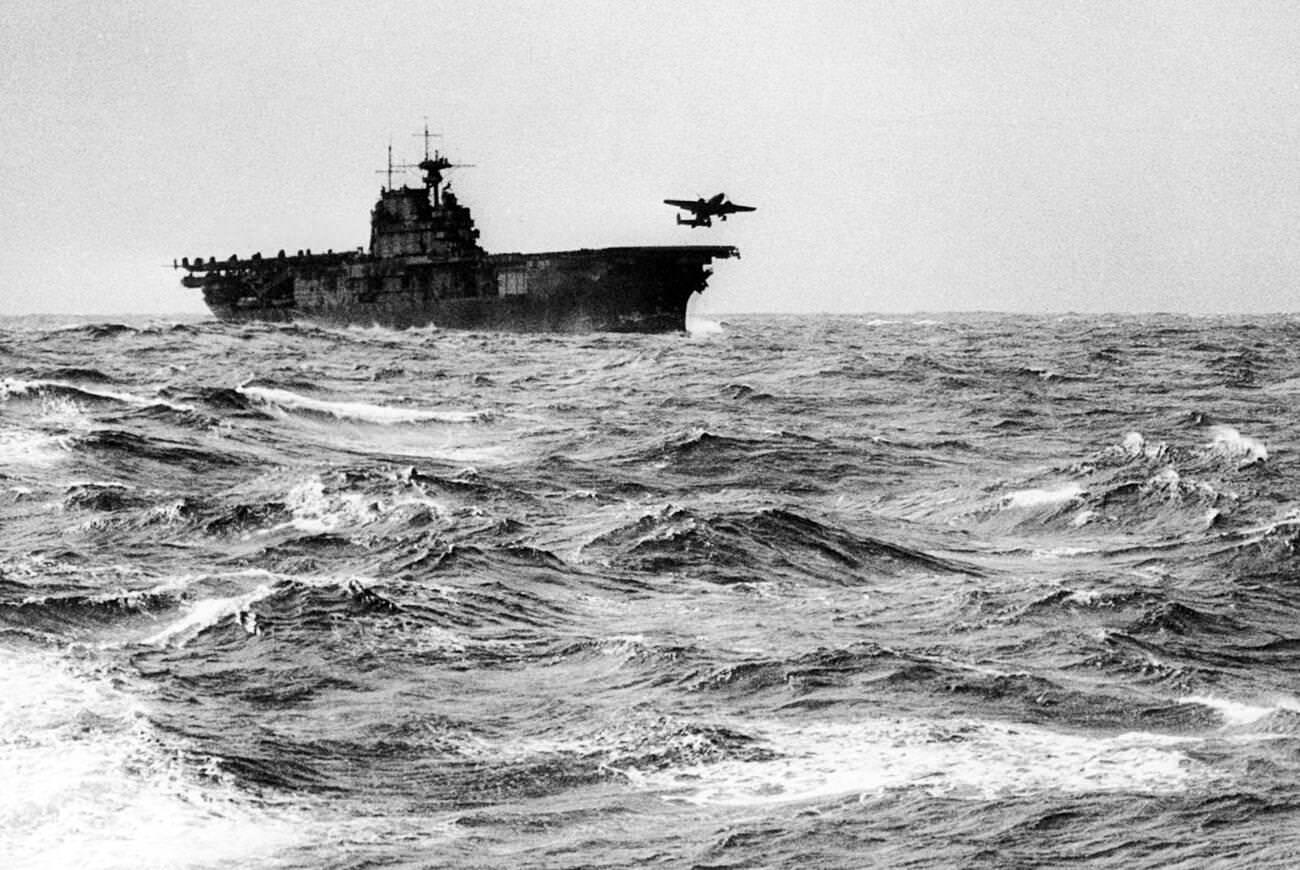
The first air raid to strike the Japanese Home Islands. It demonstrated that Japan itself was vulnerable to American air attack, served as retaliation for the Japanese attack on Pearl Harbor on December 7, 1941, and provided an important boost to U.S. morale while damaging Japanese morale. The raid was planned and led by Lieutenant Colonel James Doolittle. Sixteen U.S. Army Air Forces B-25B Mitchell medium bombers took off from the aircraft carrier USS Hornet in the Pacific Ocean, 1942.


